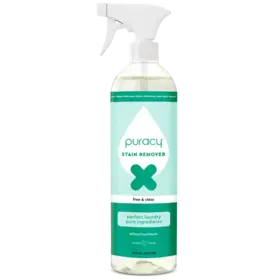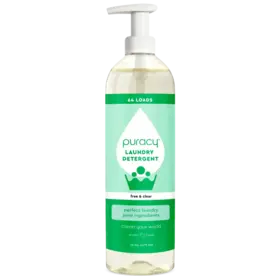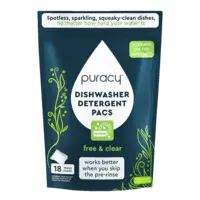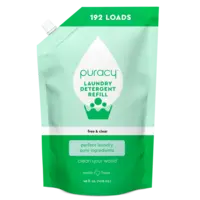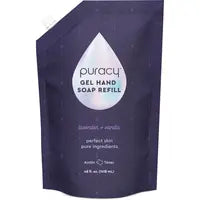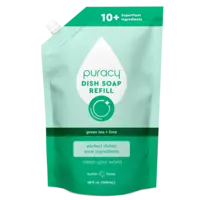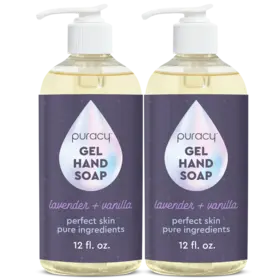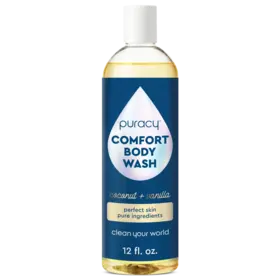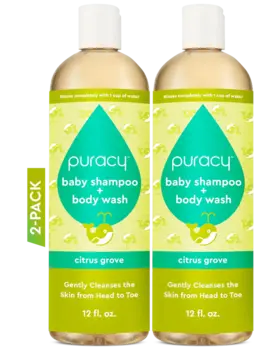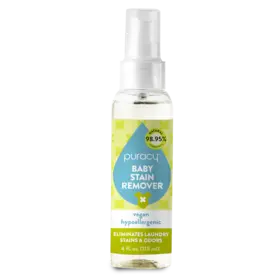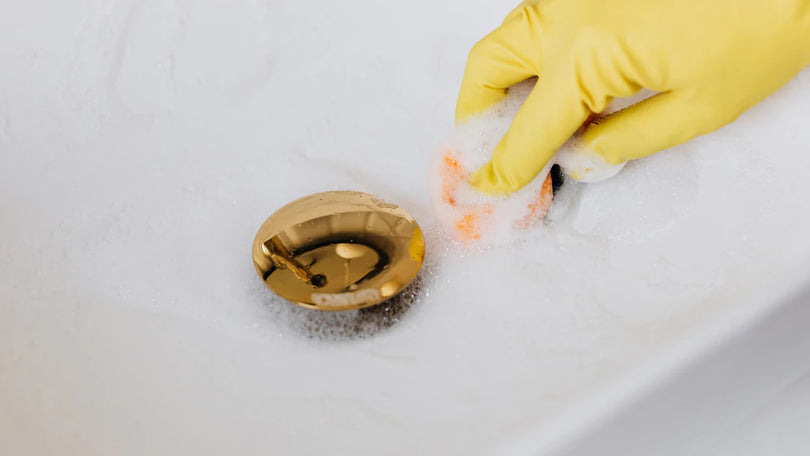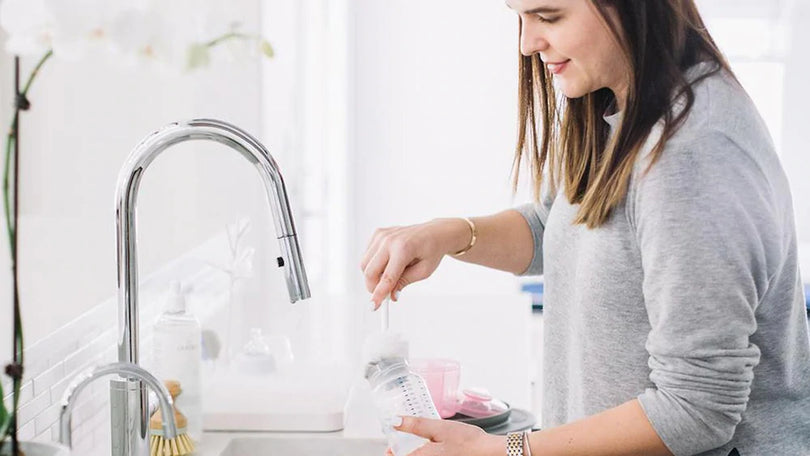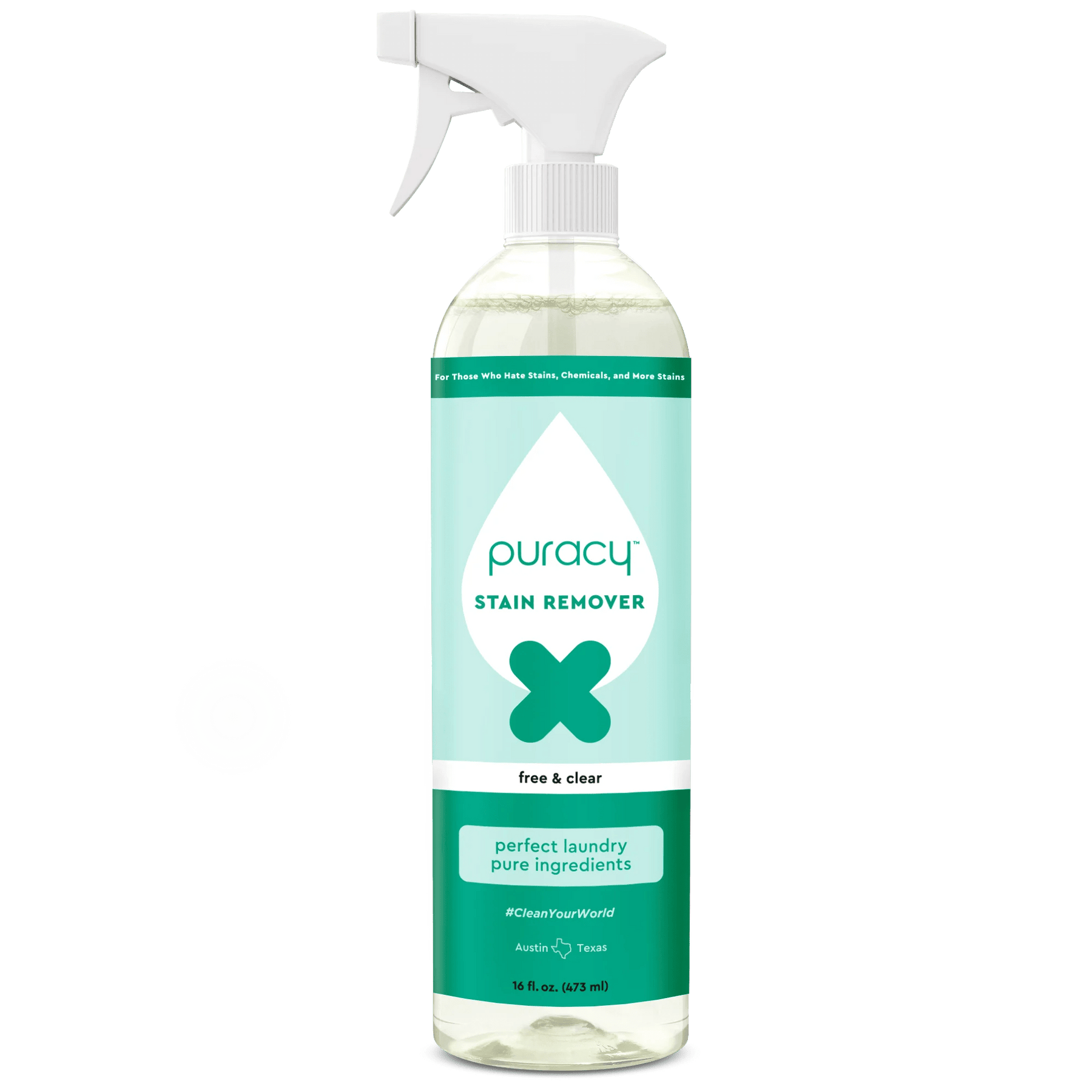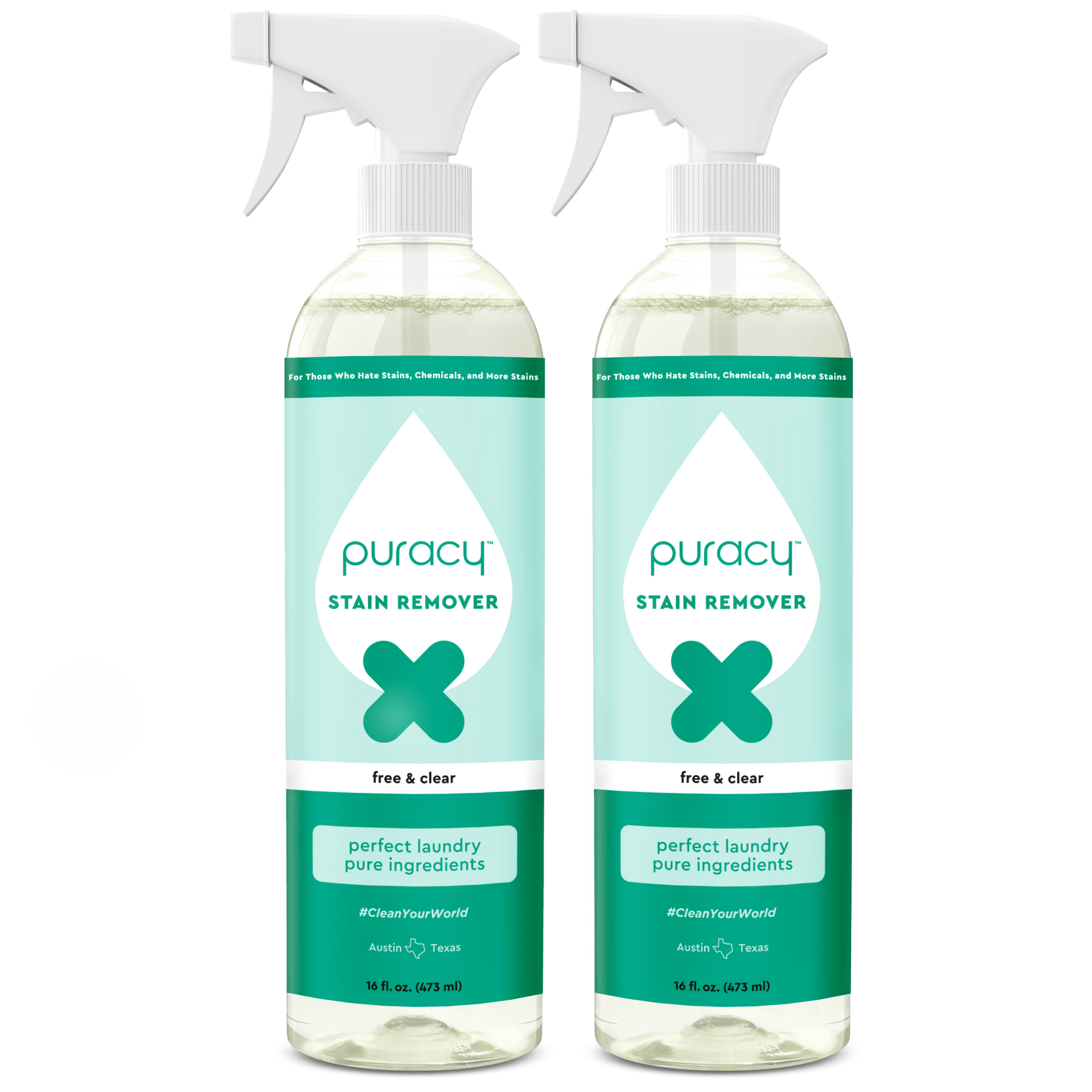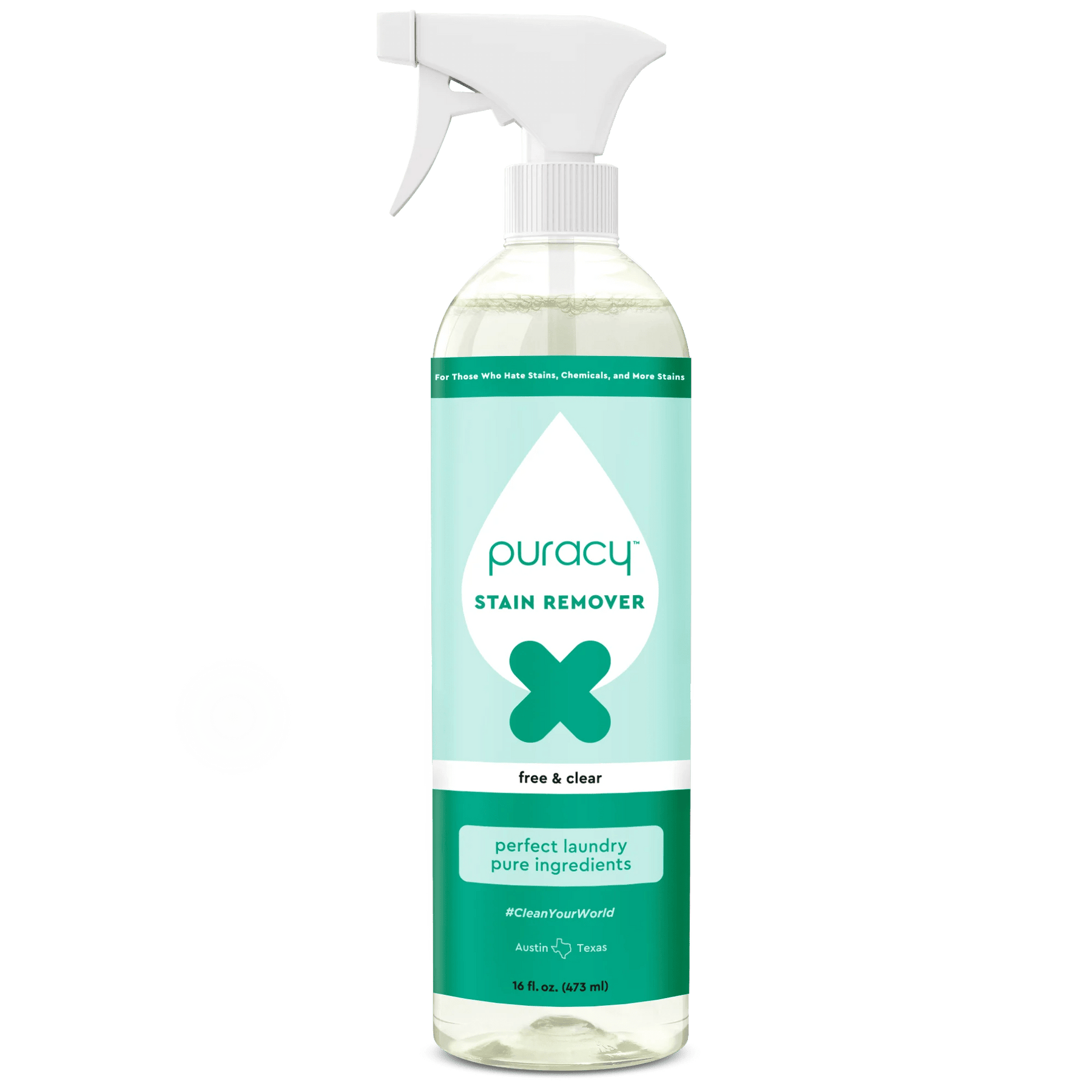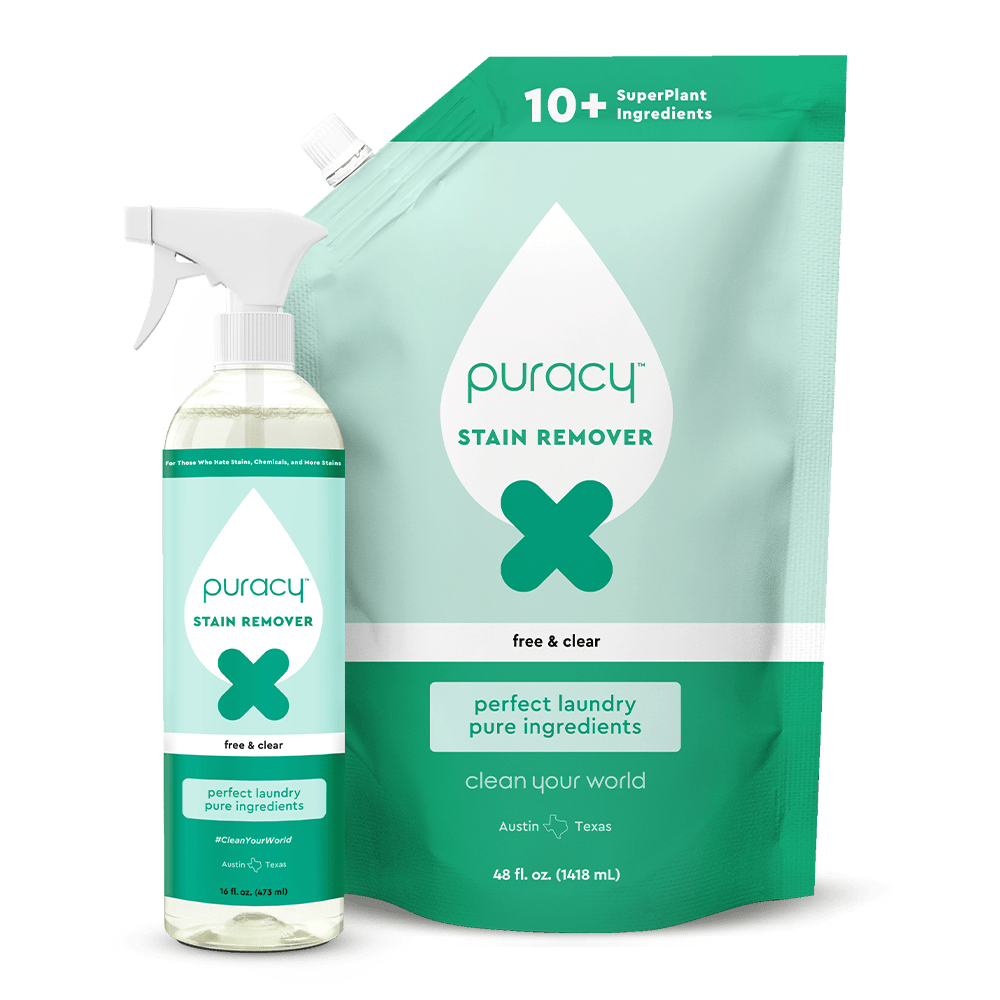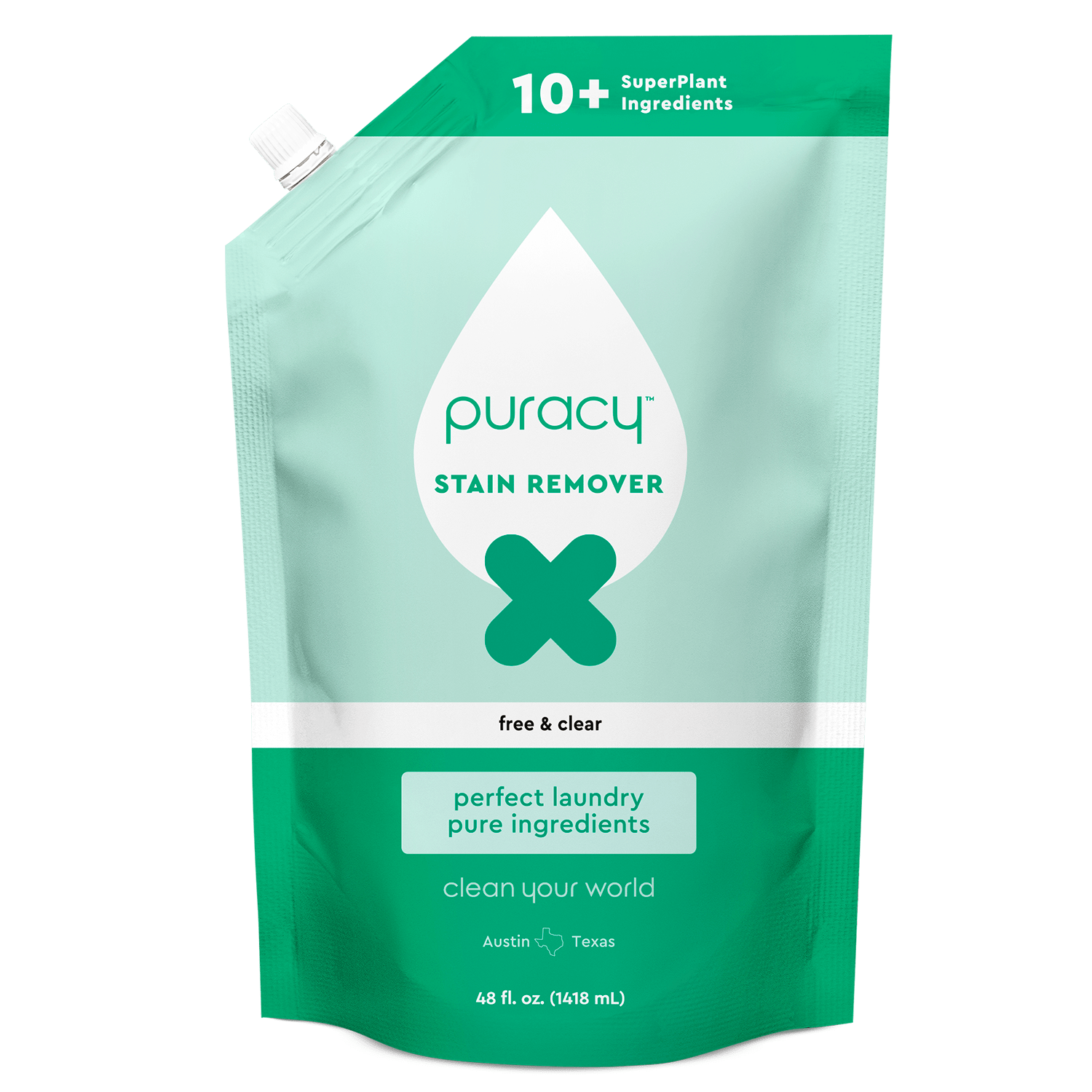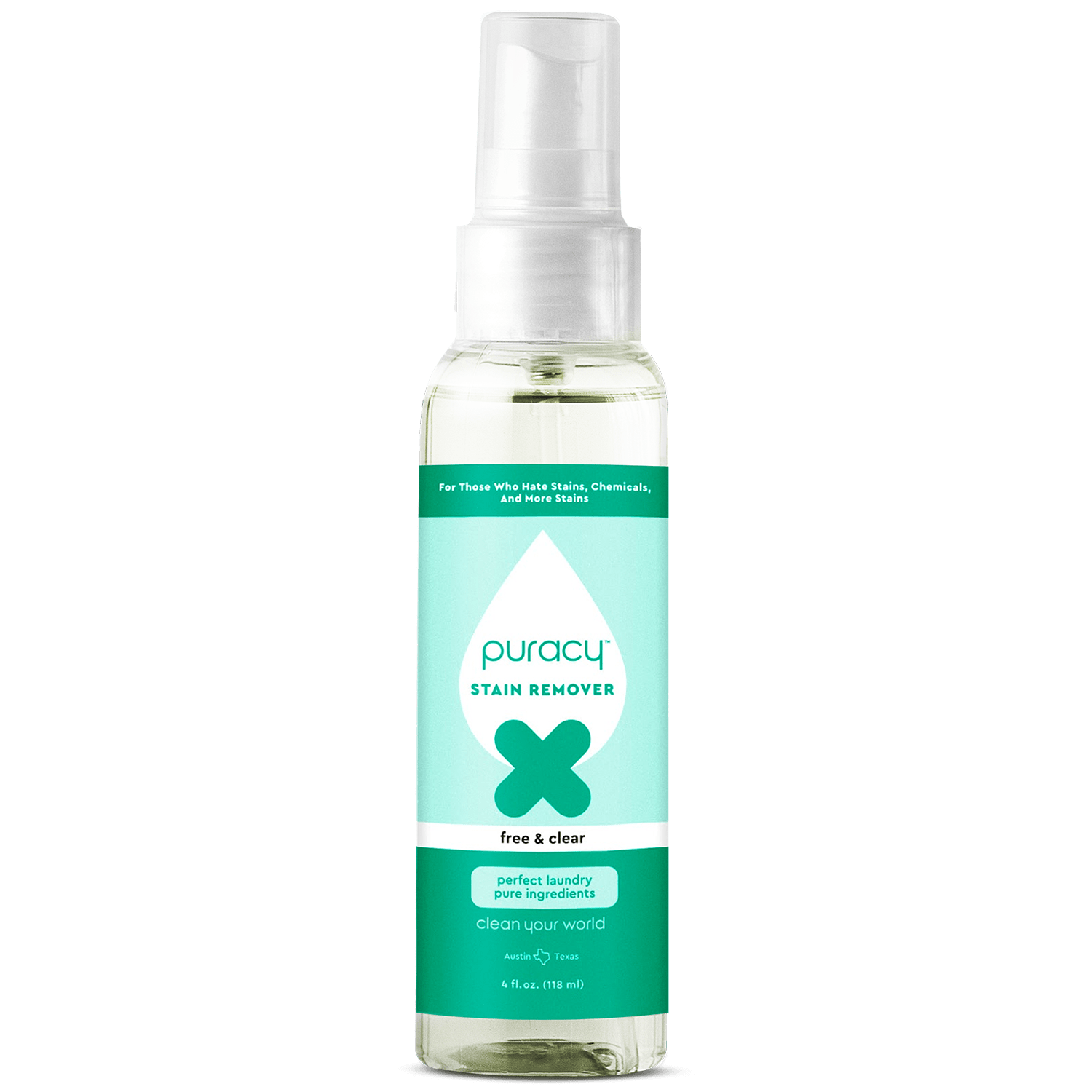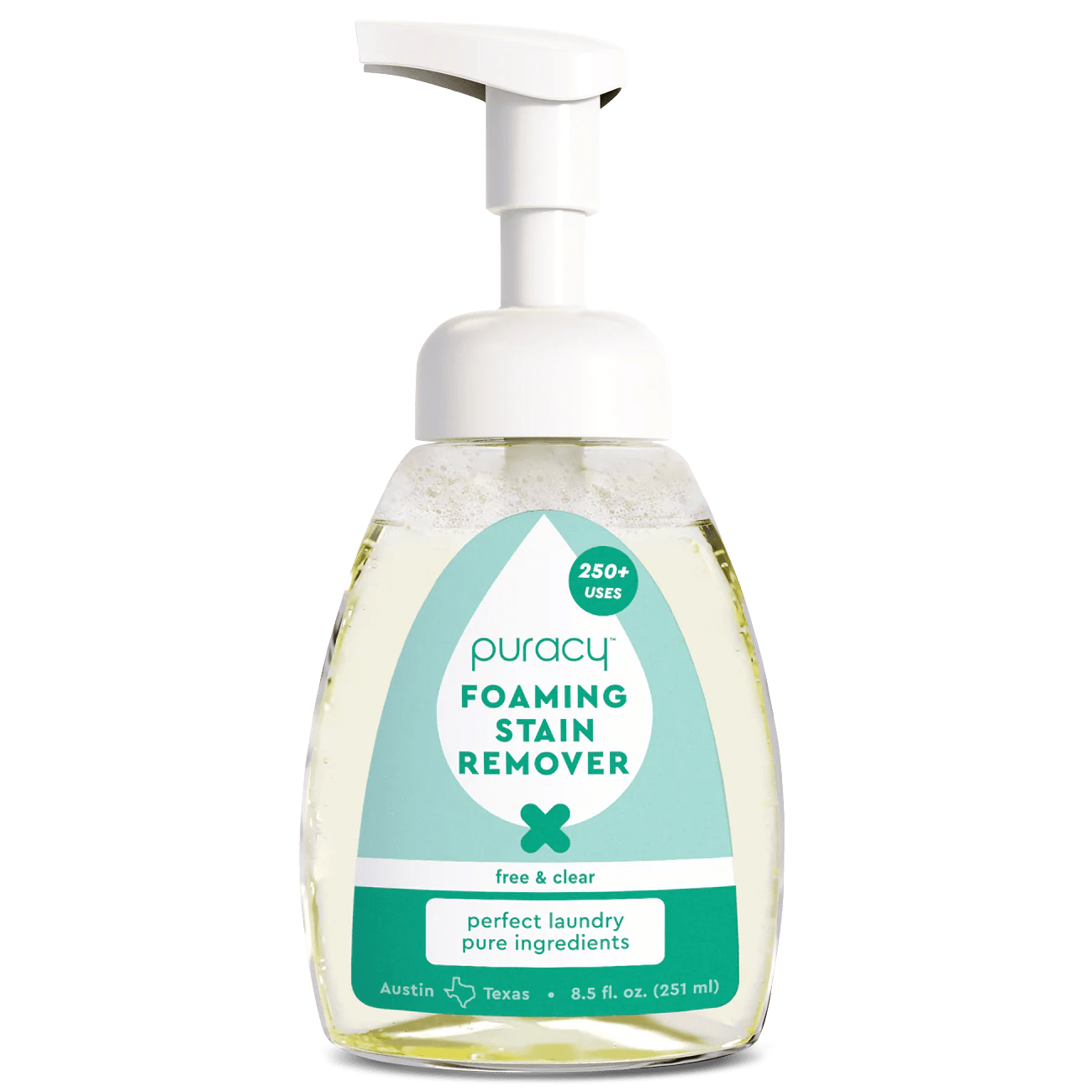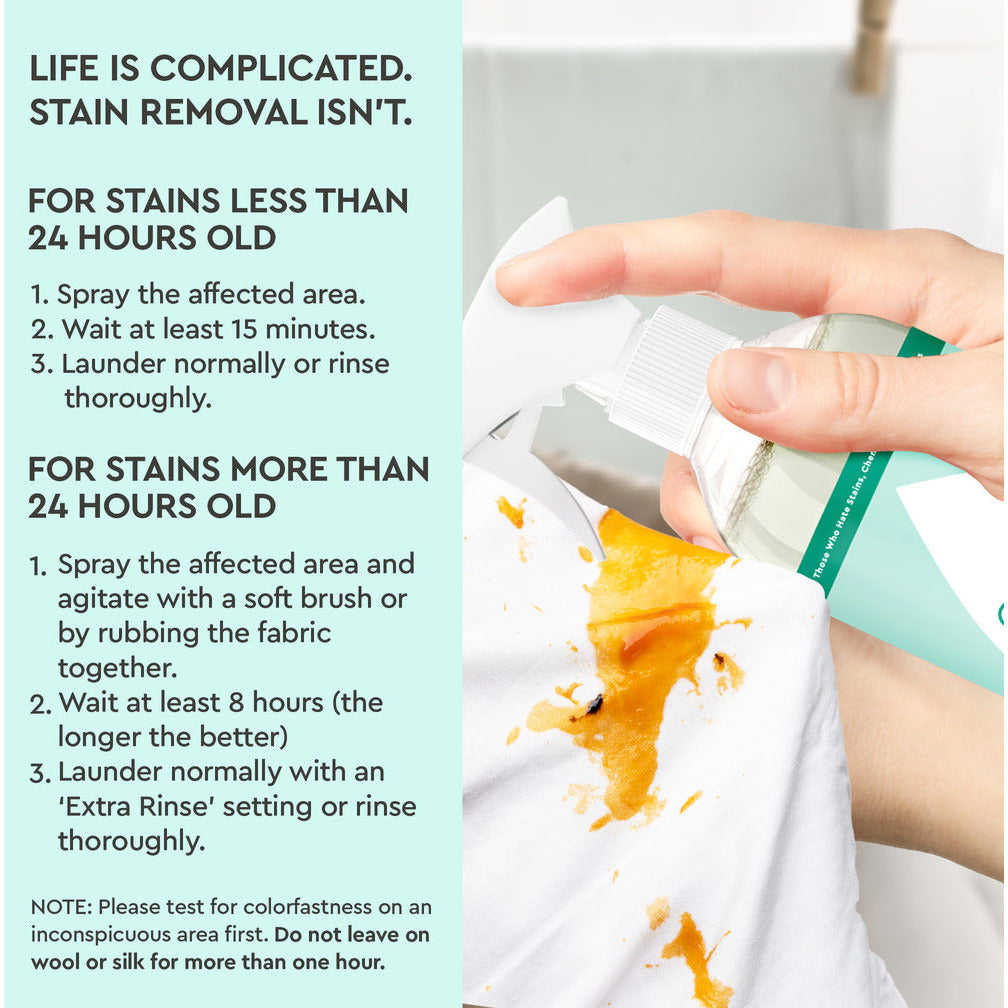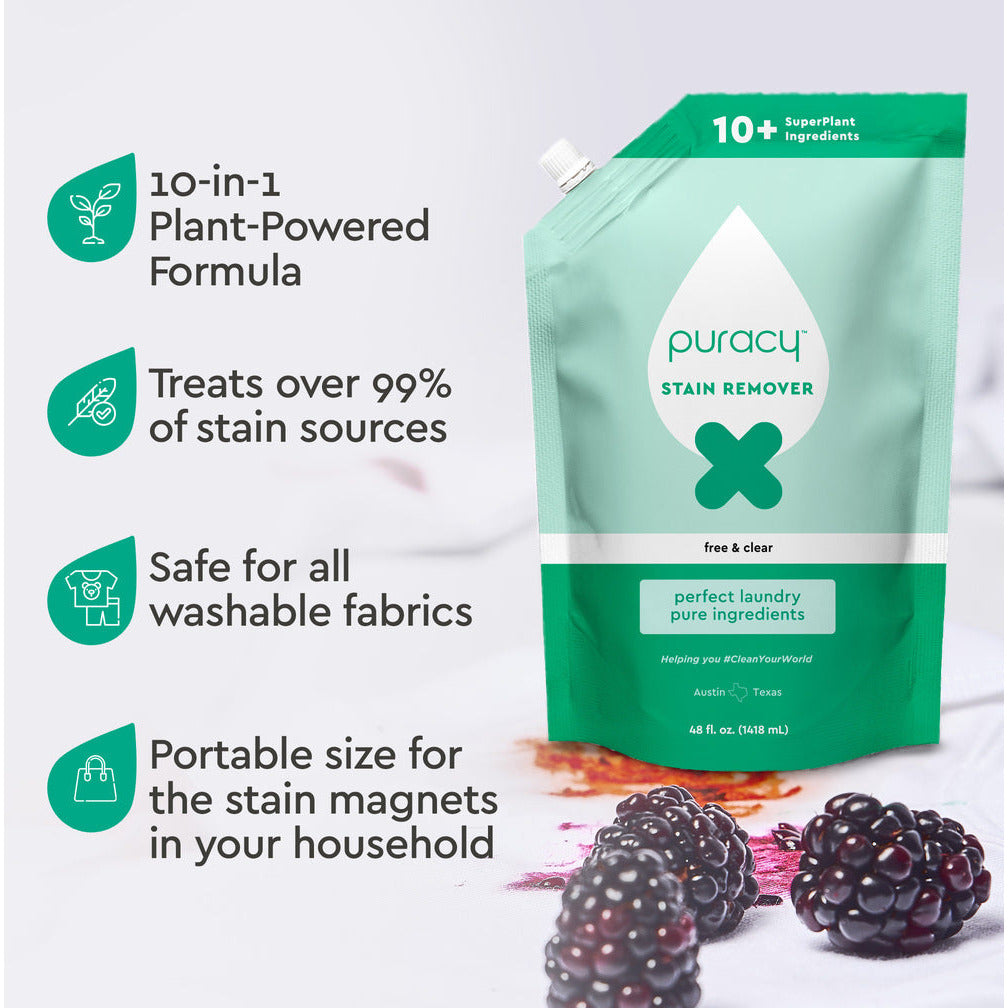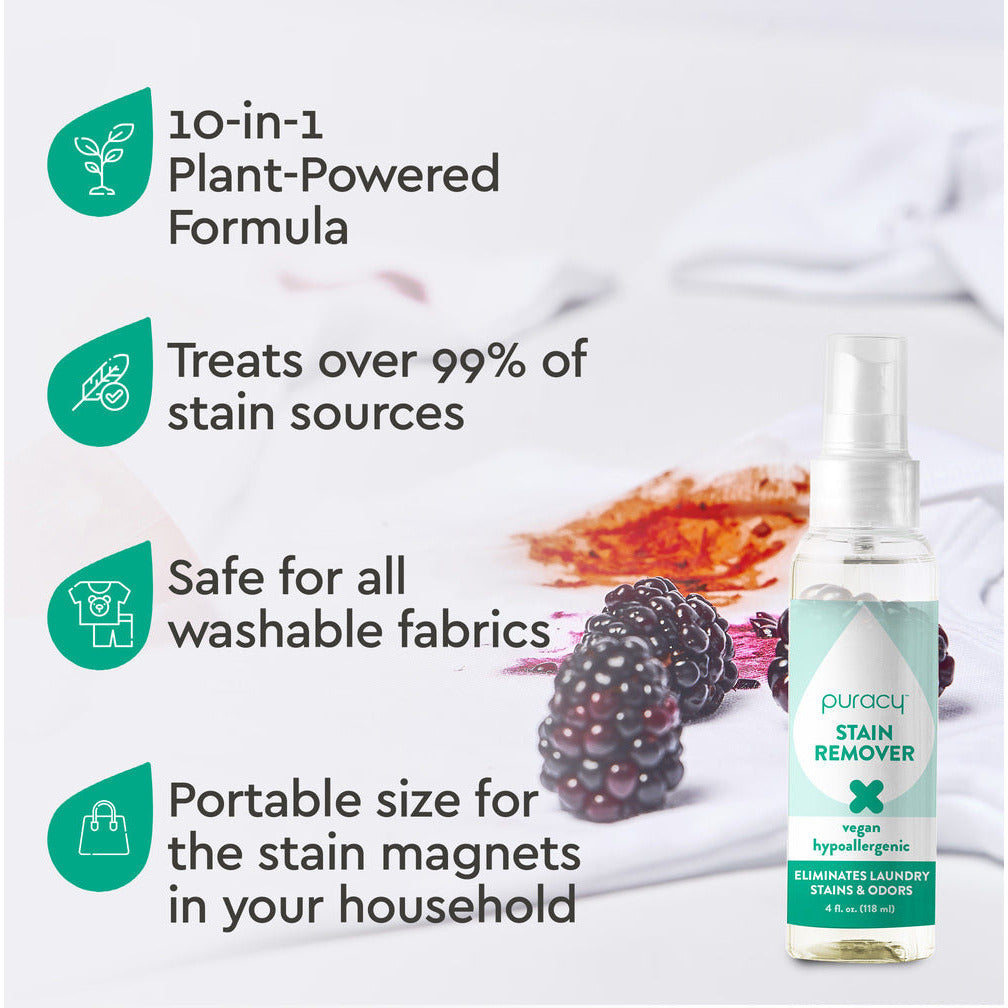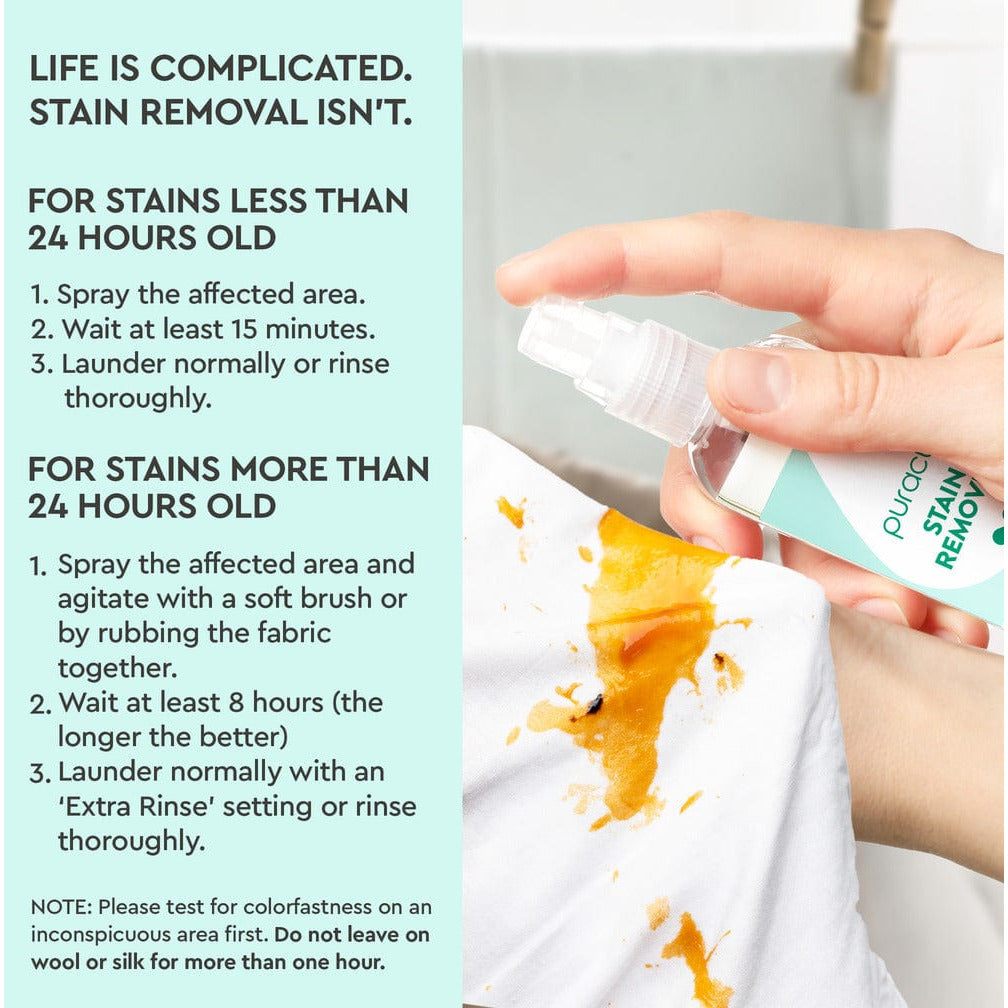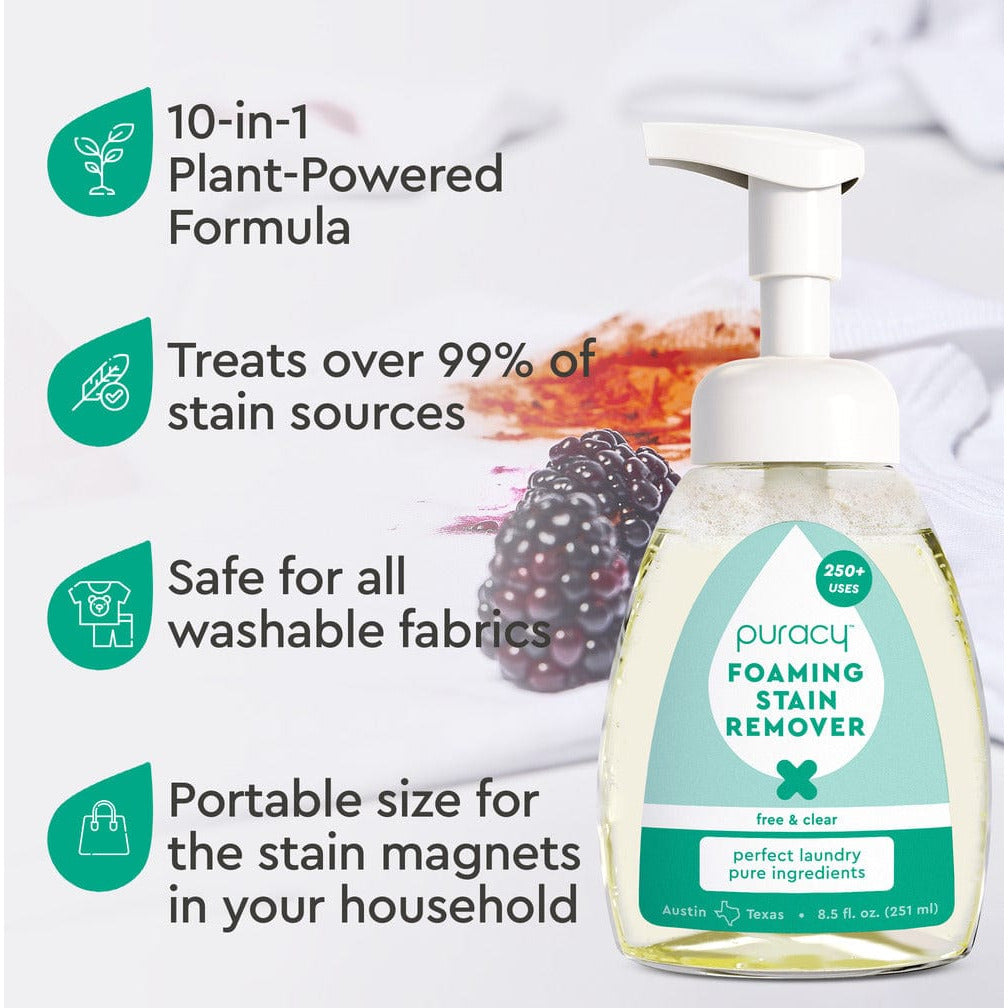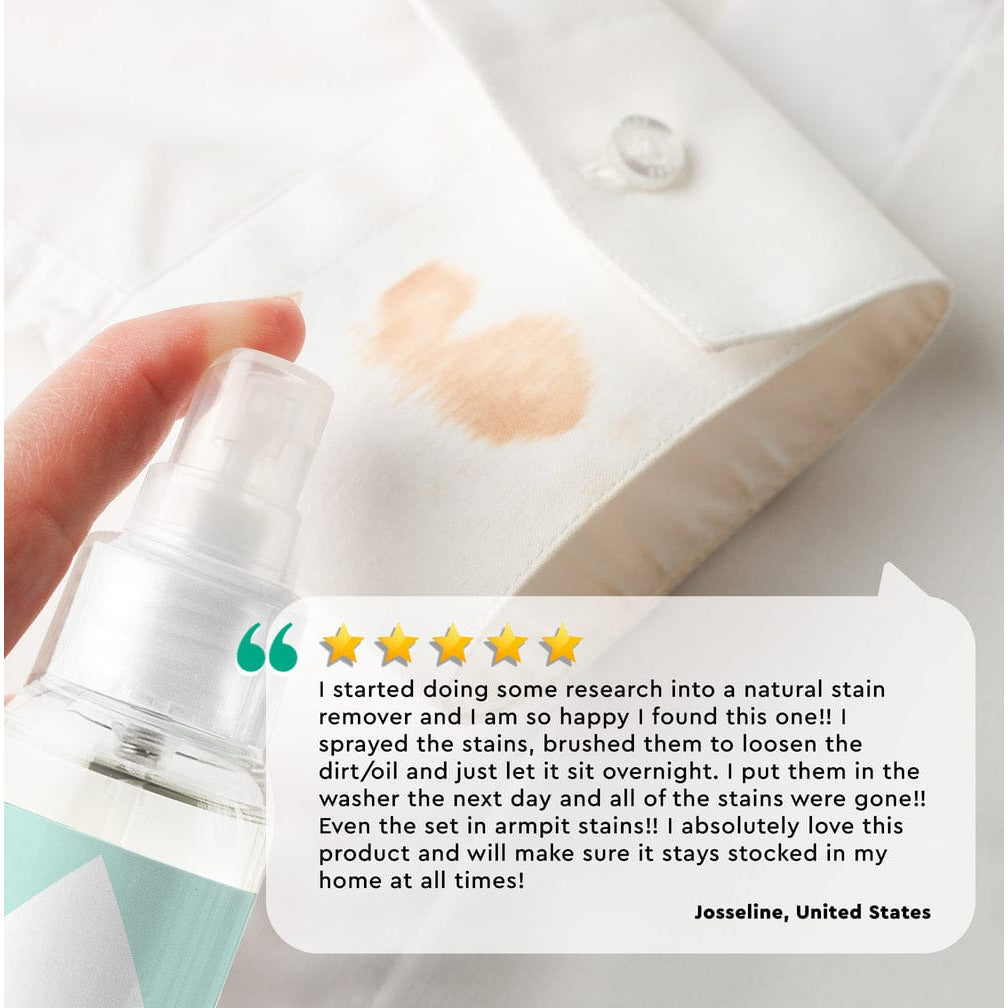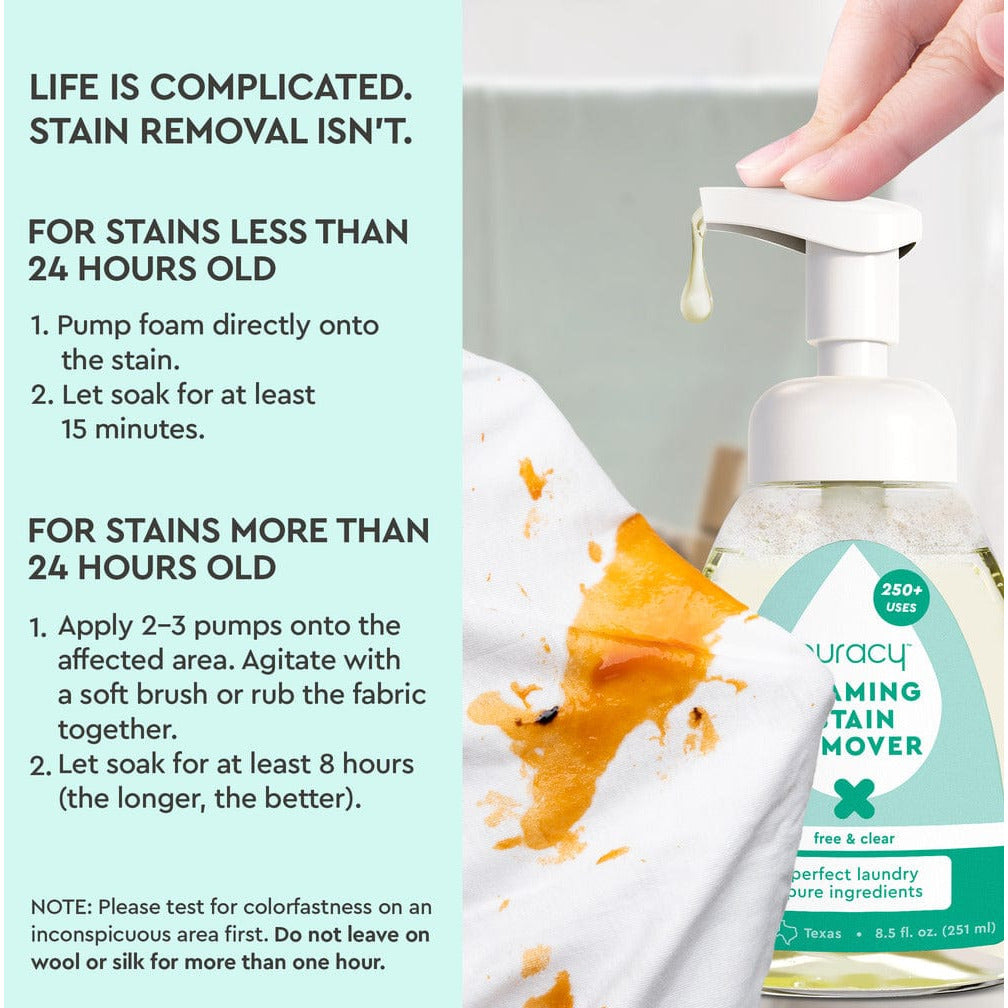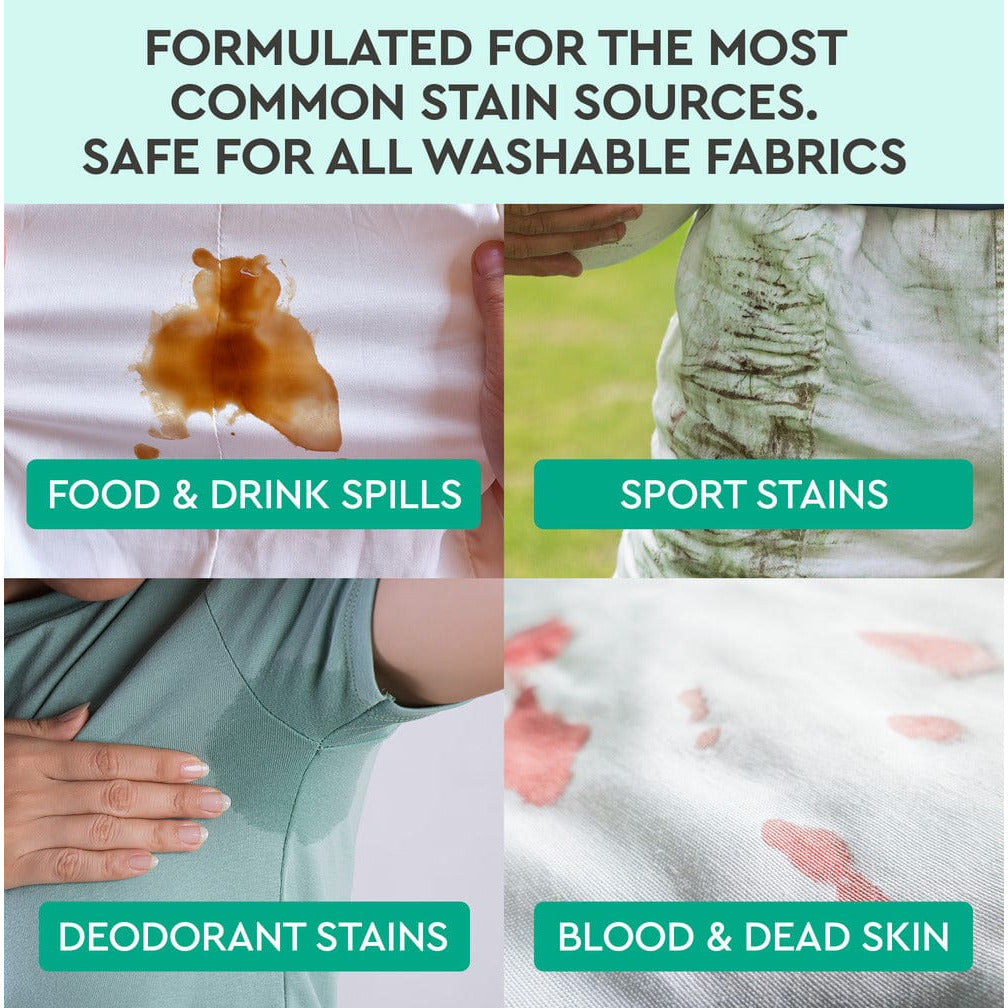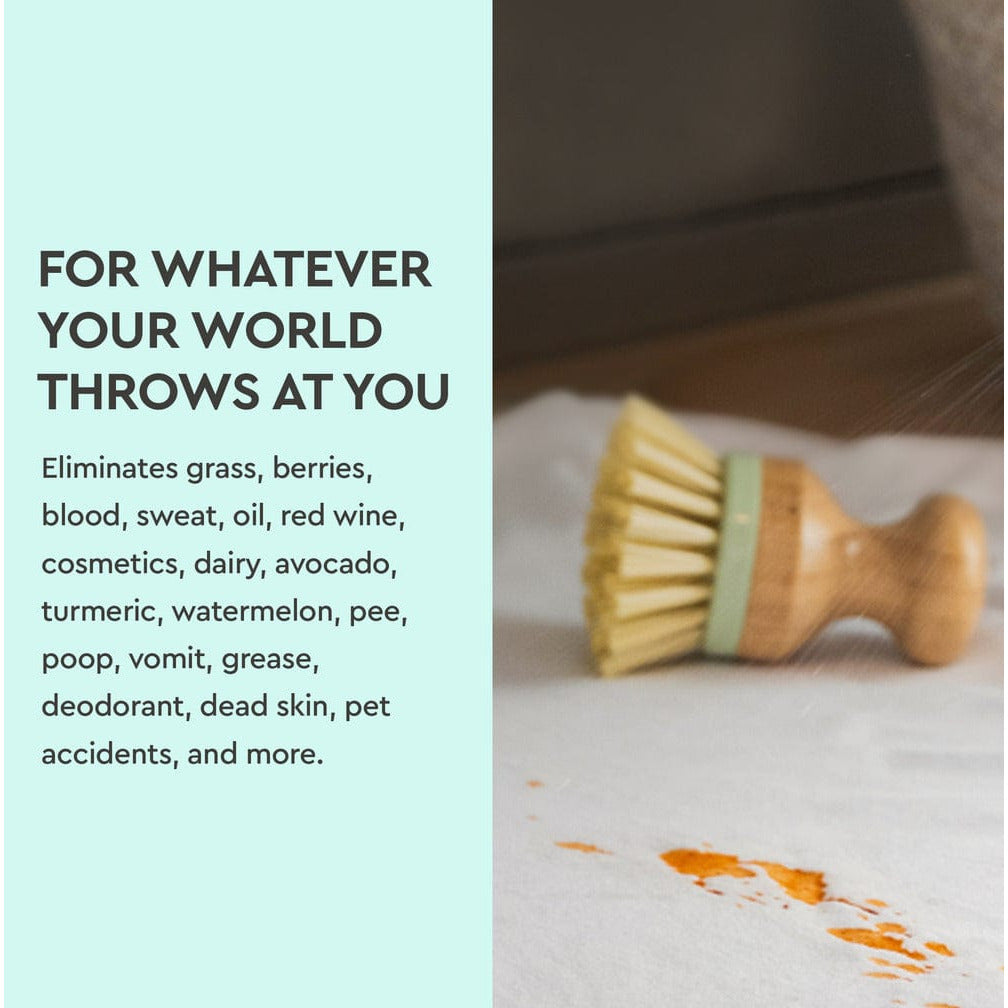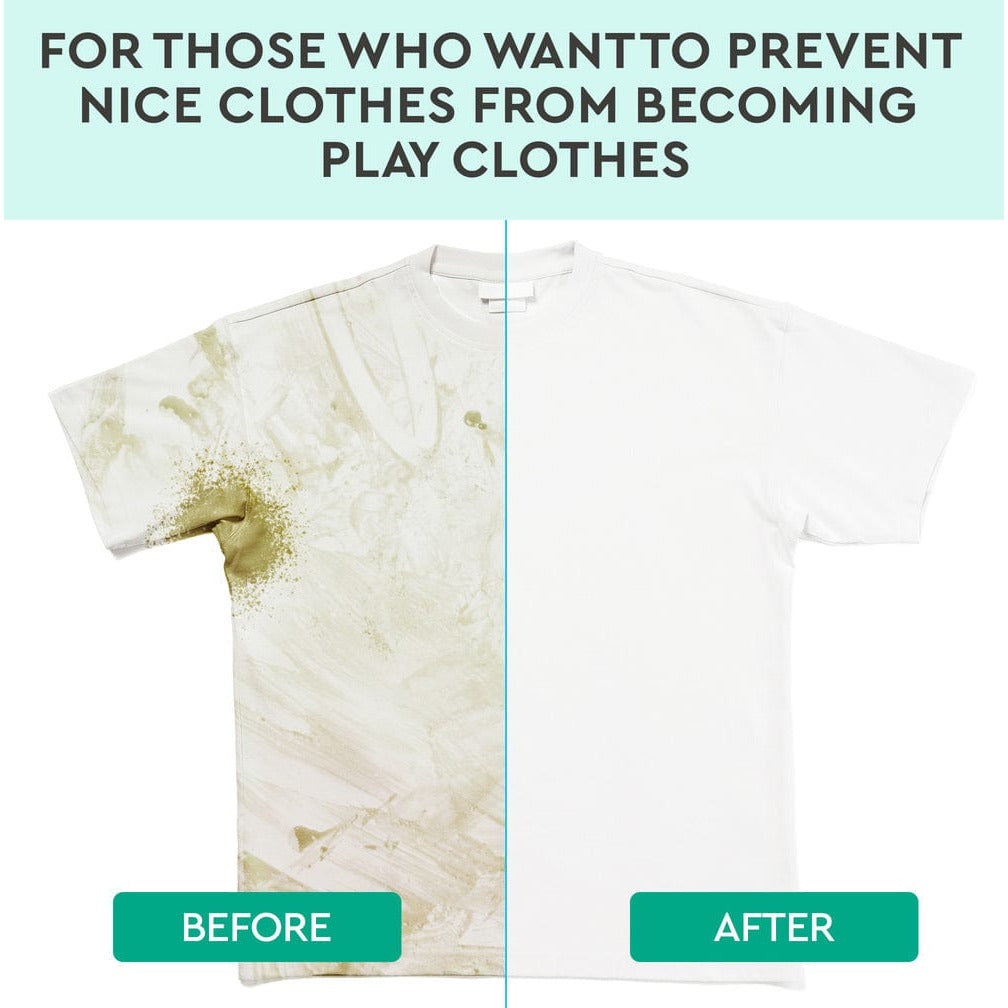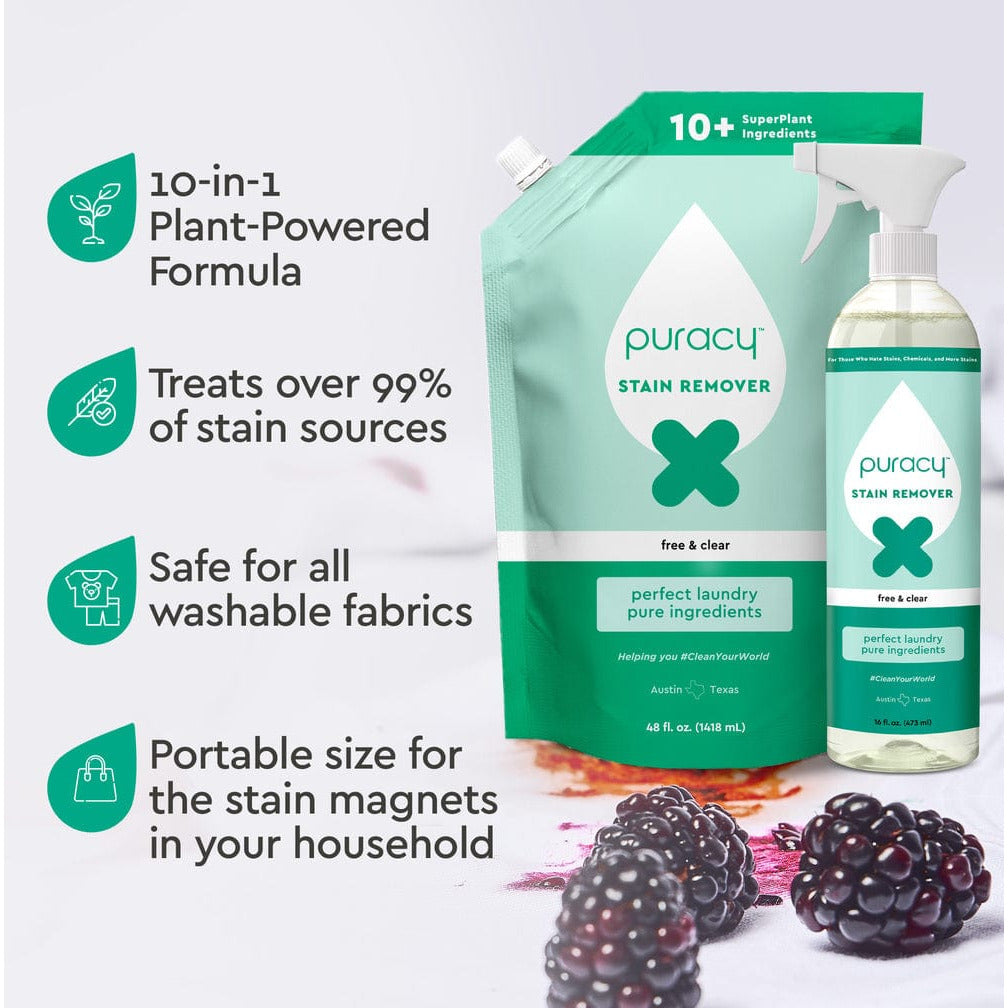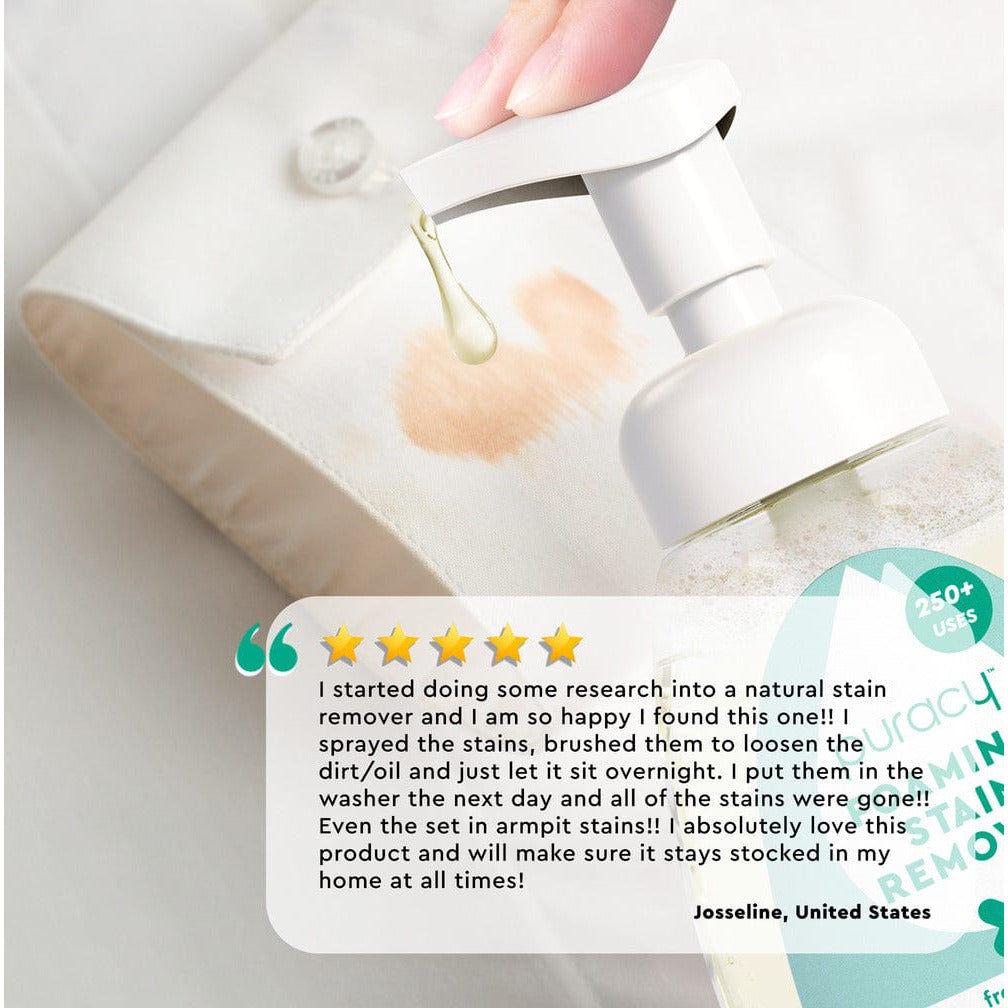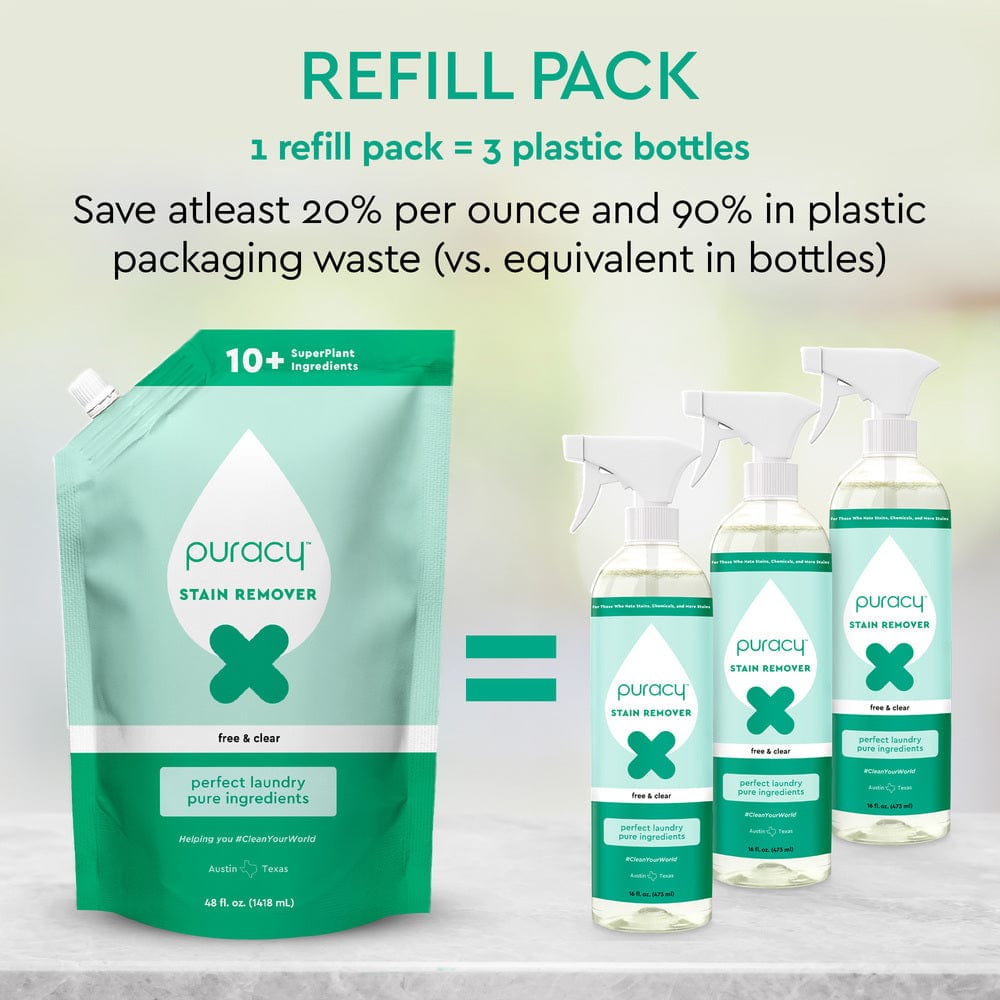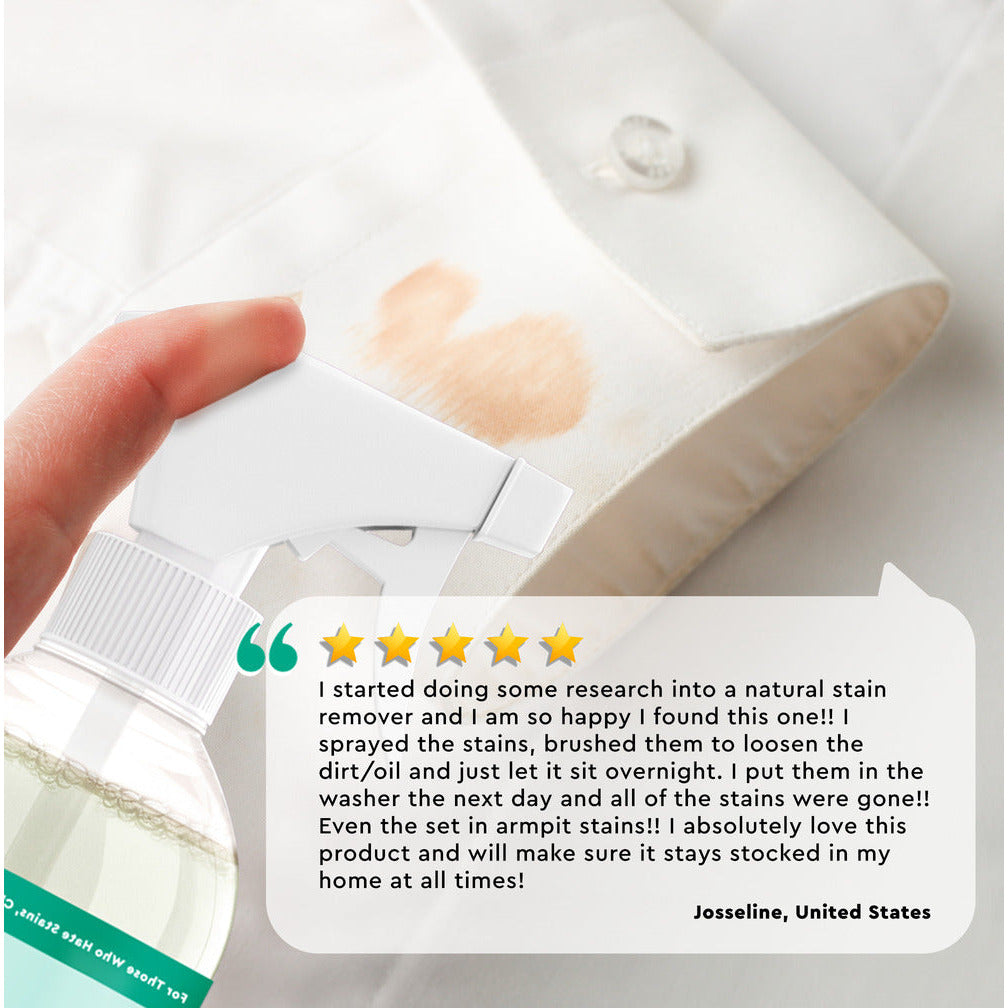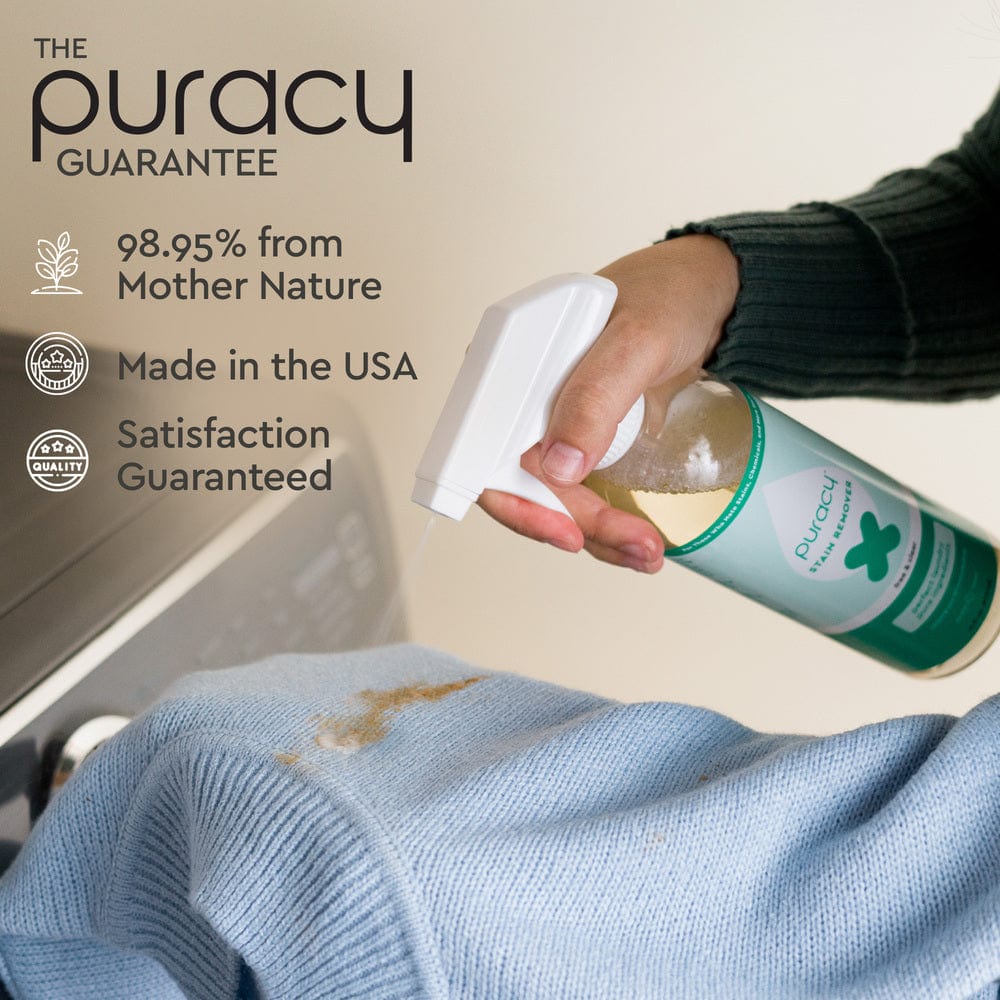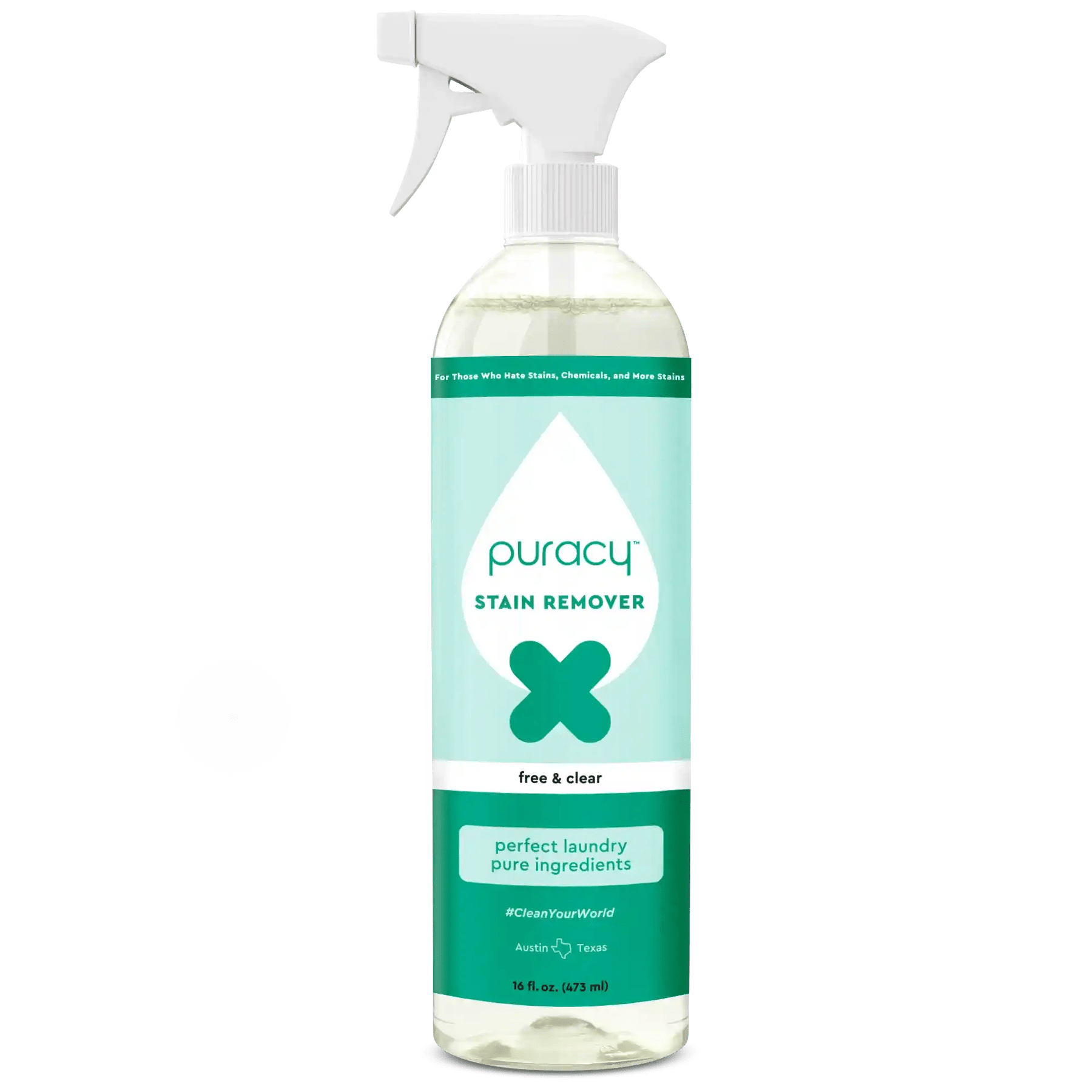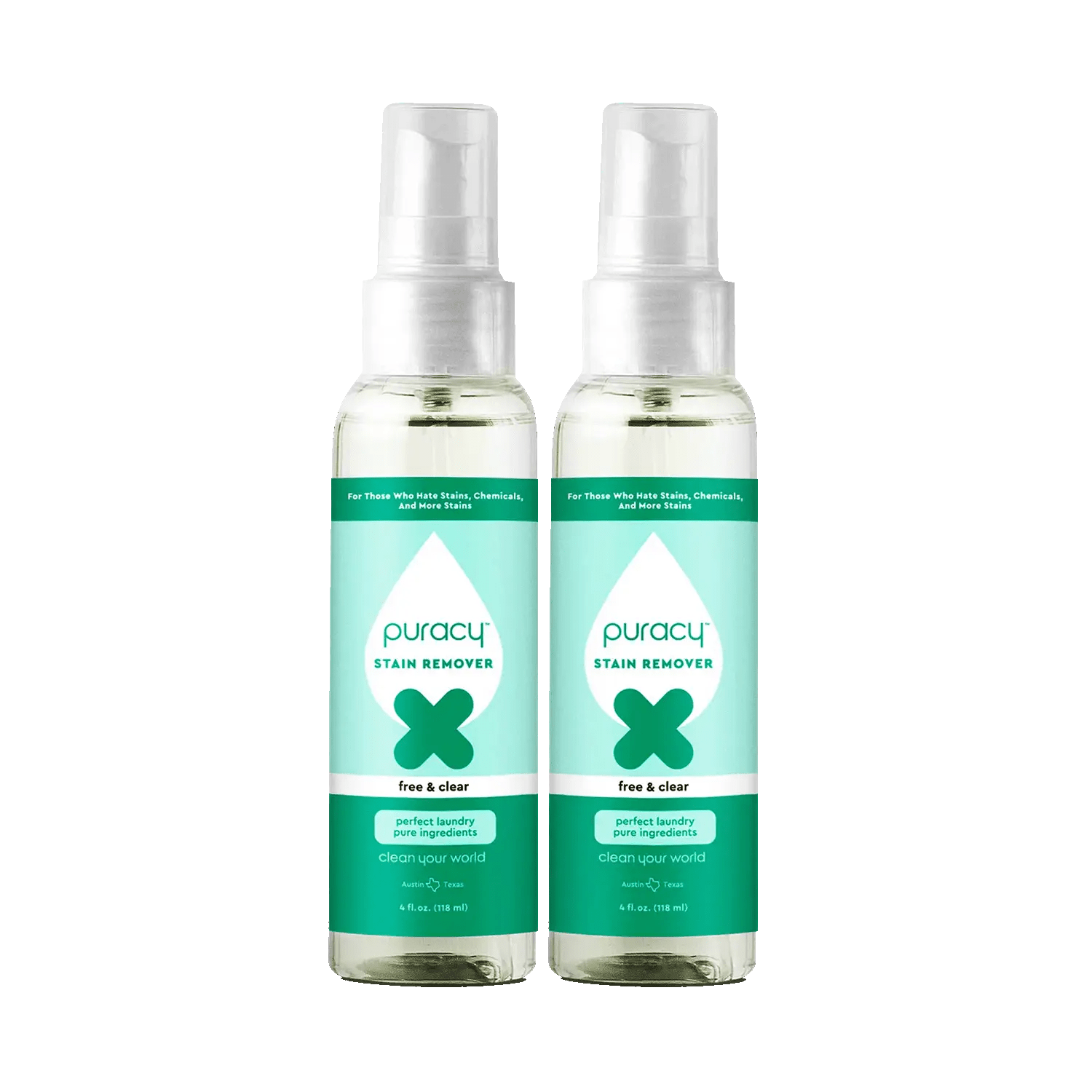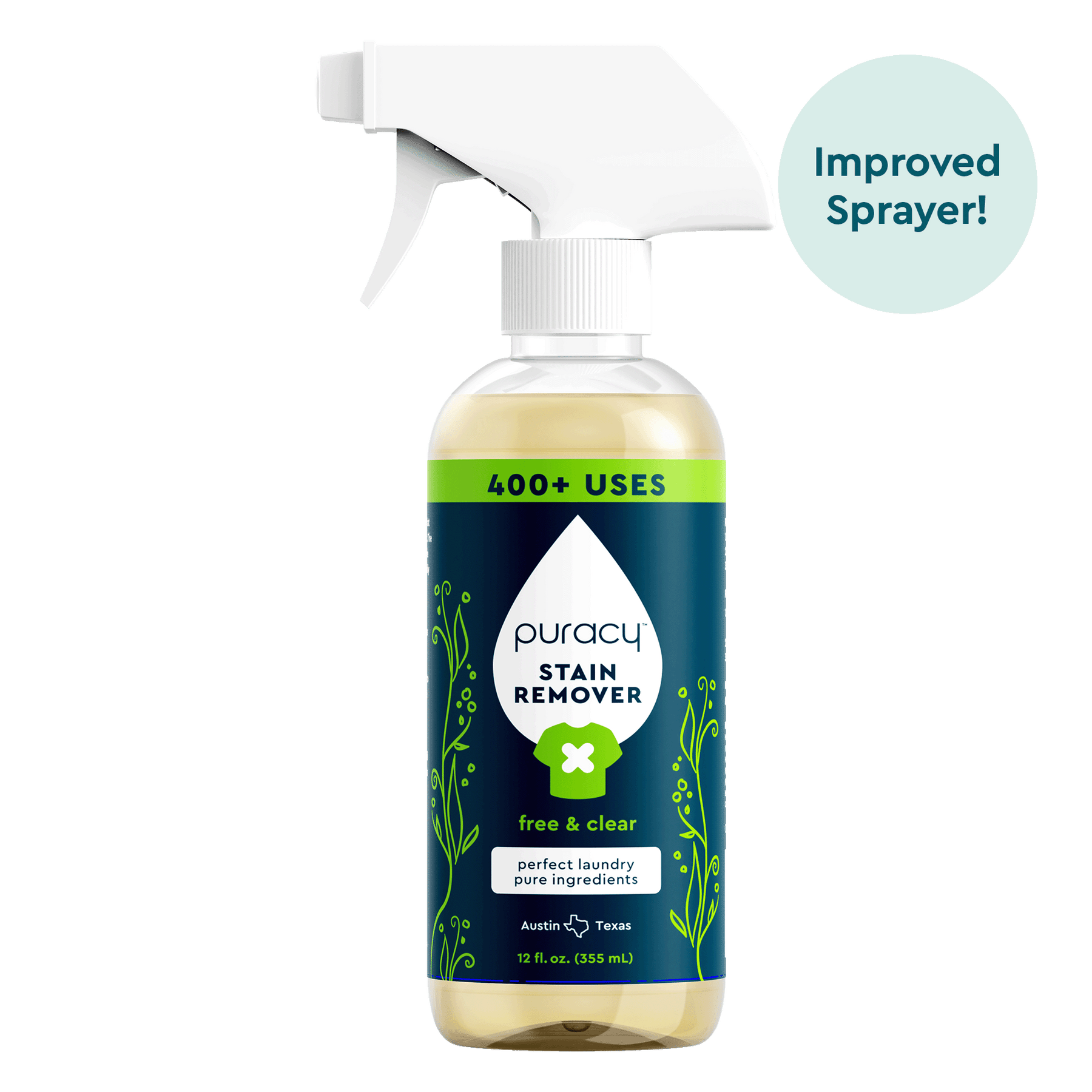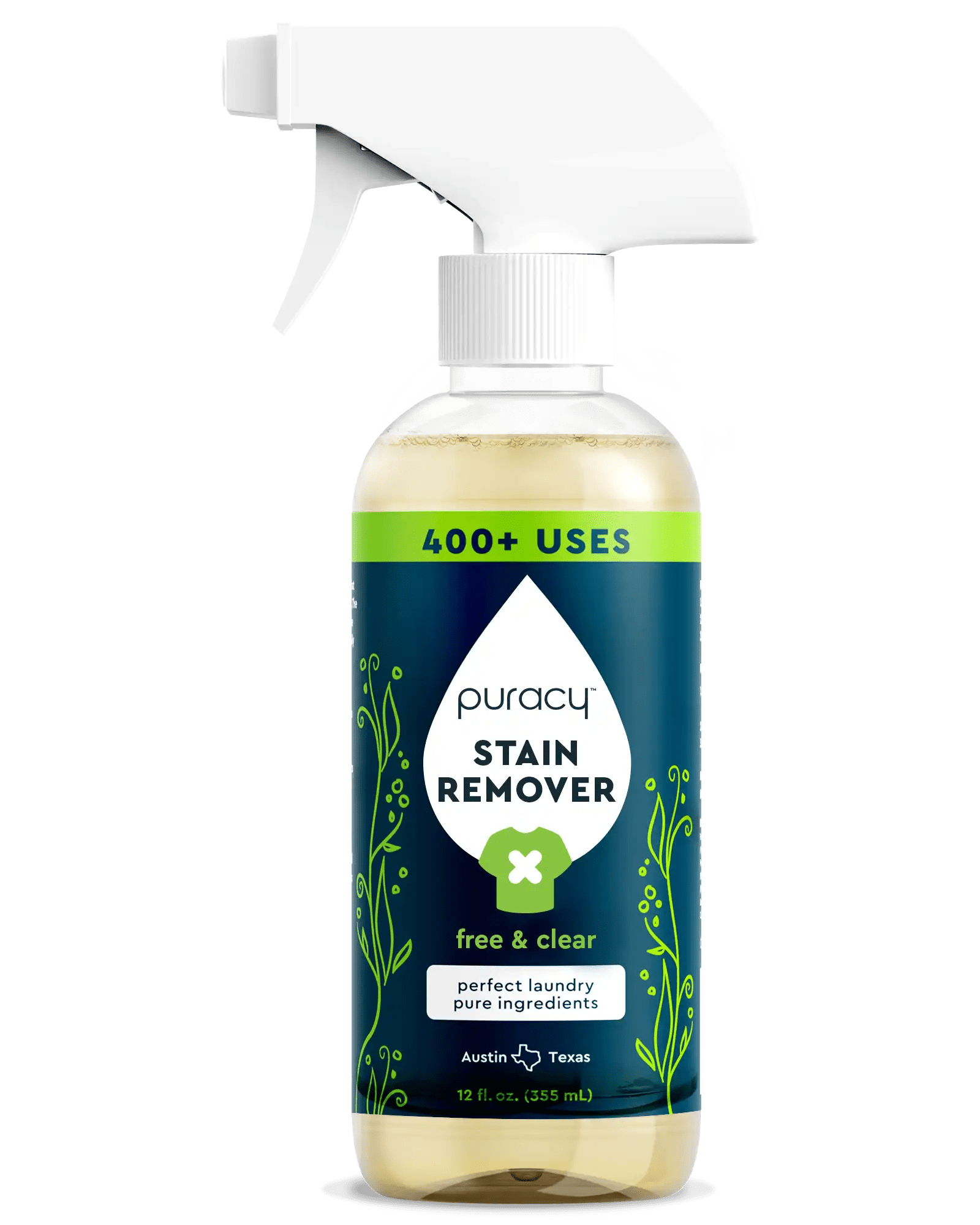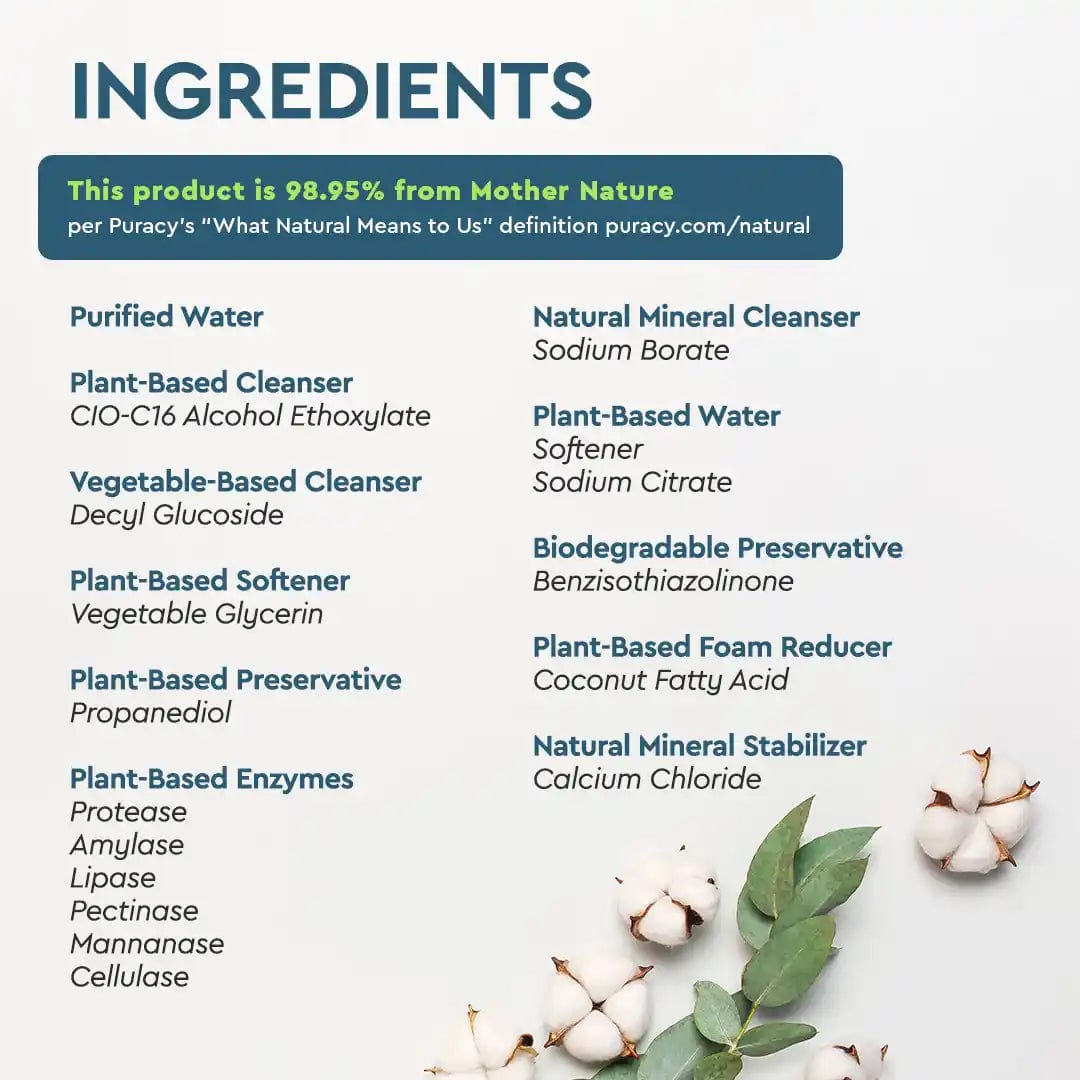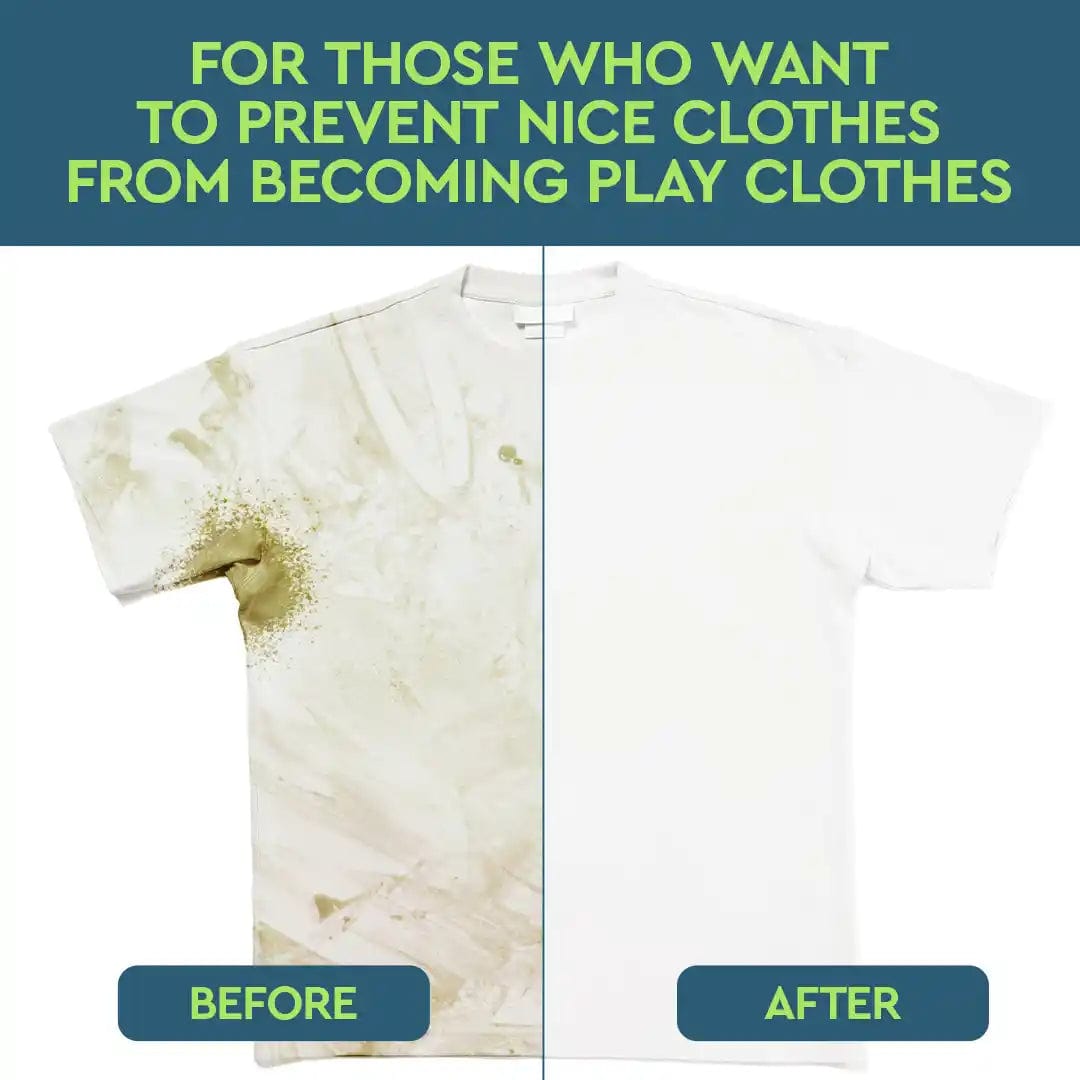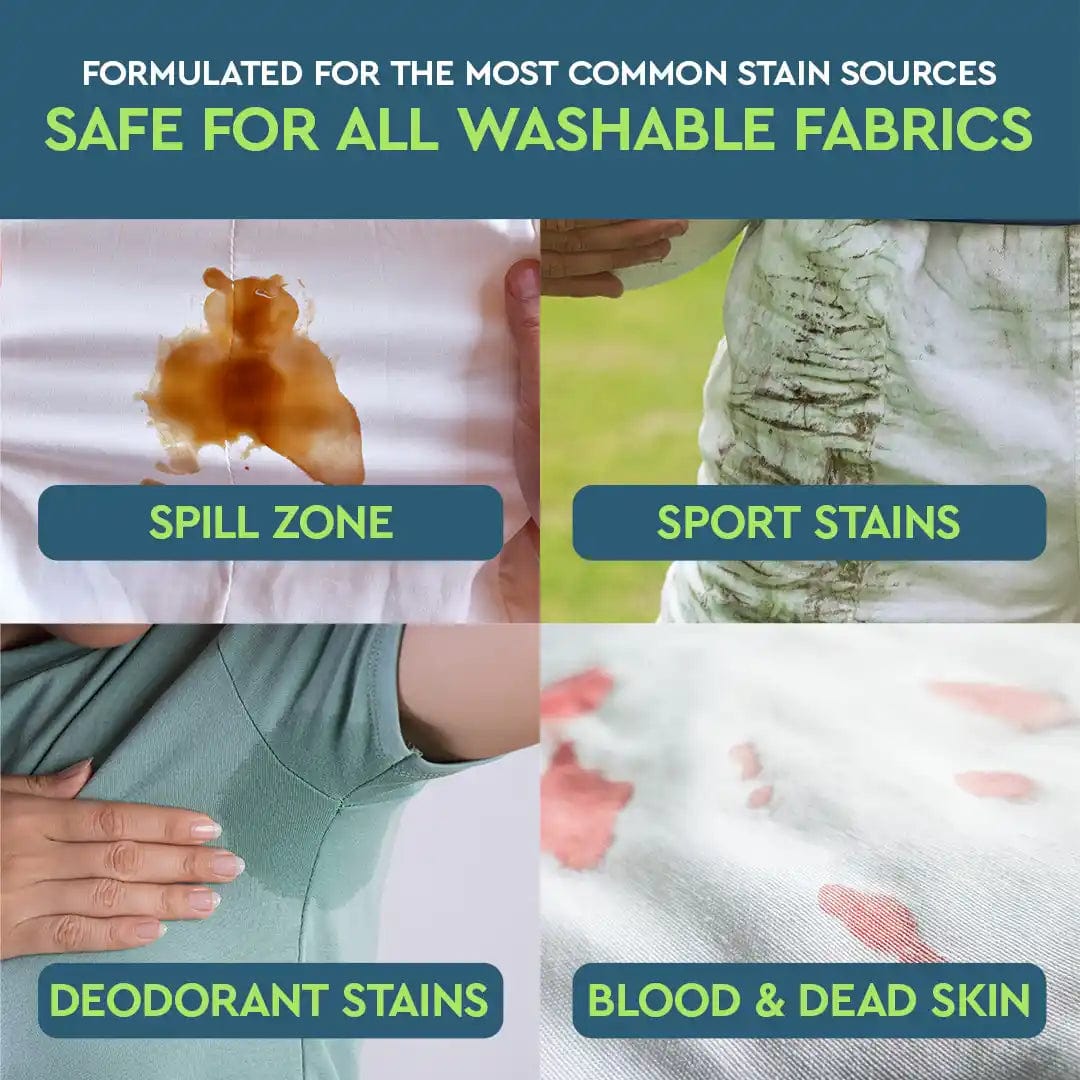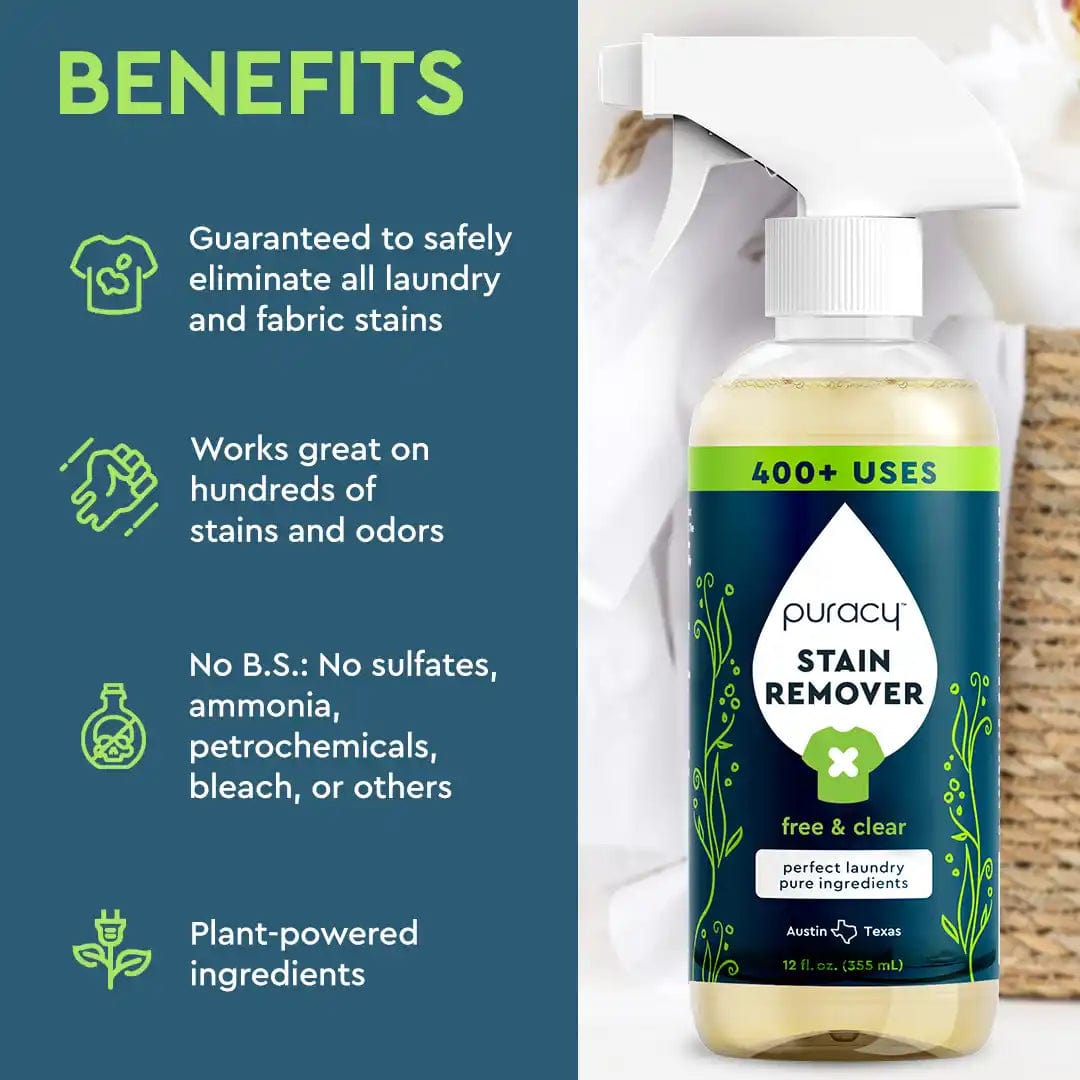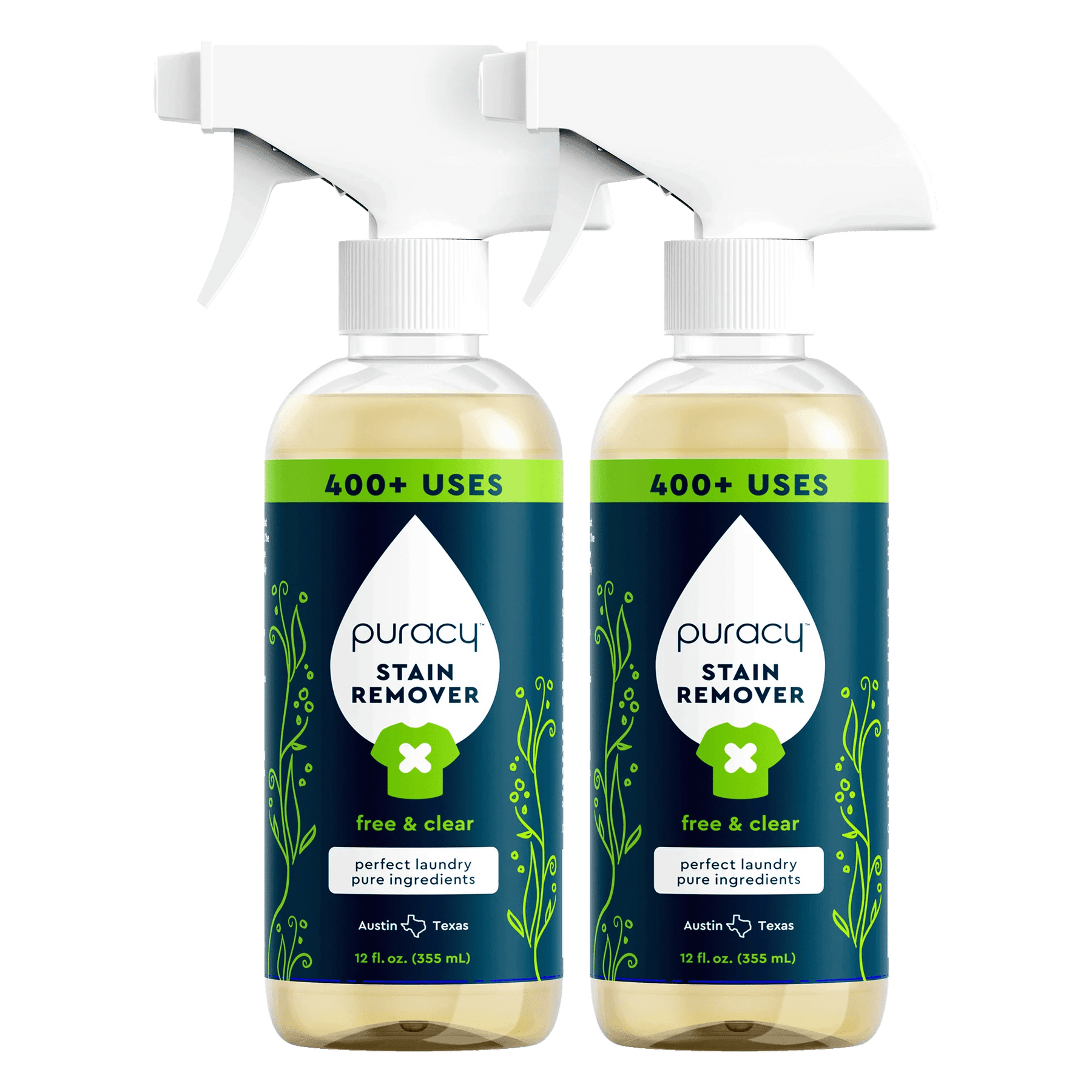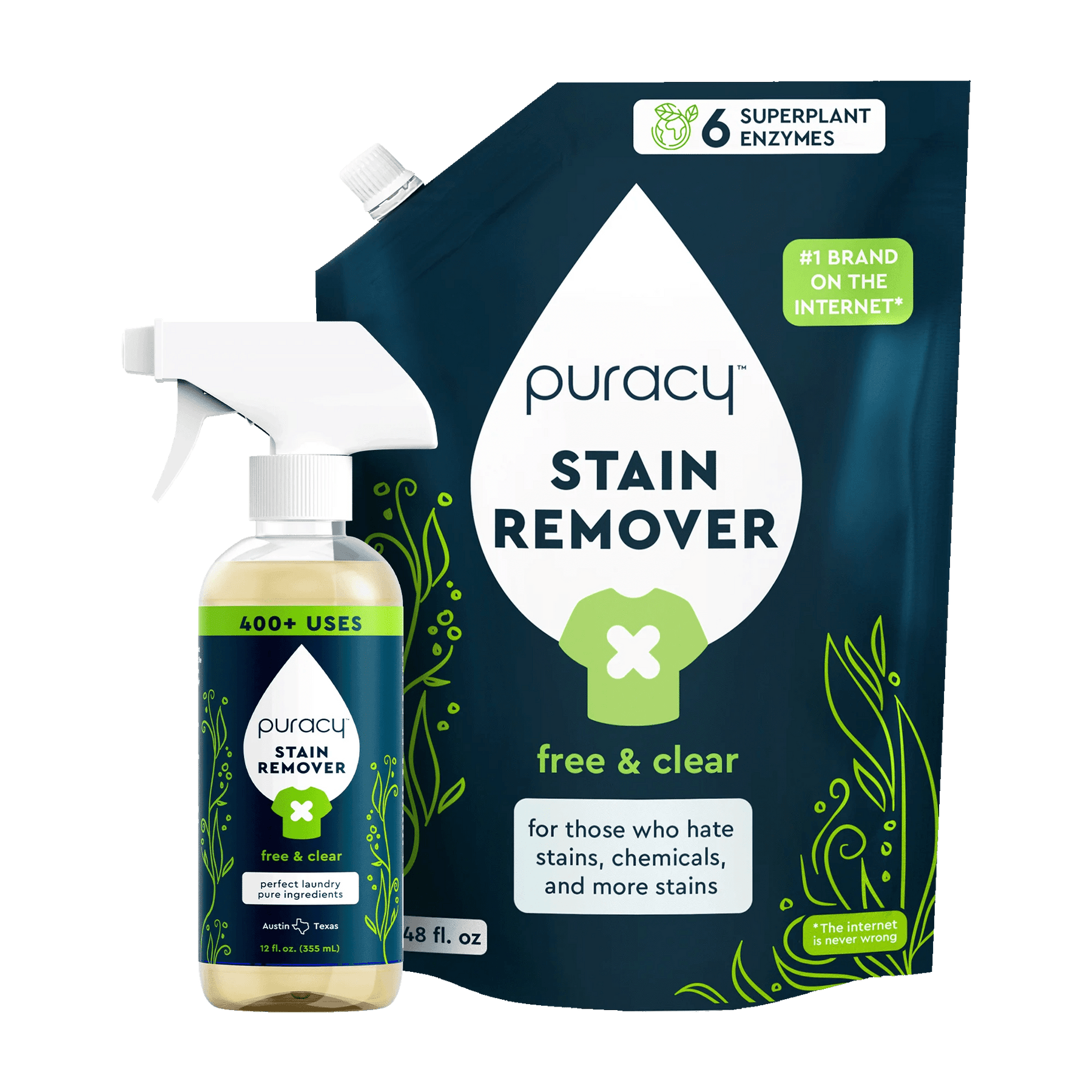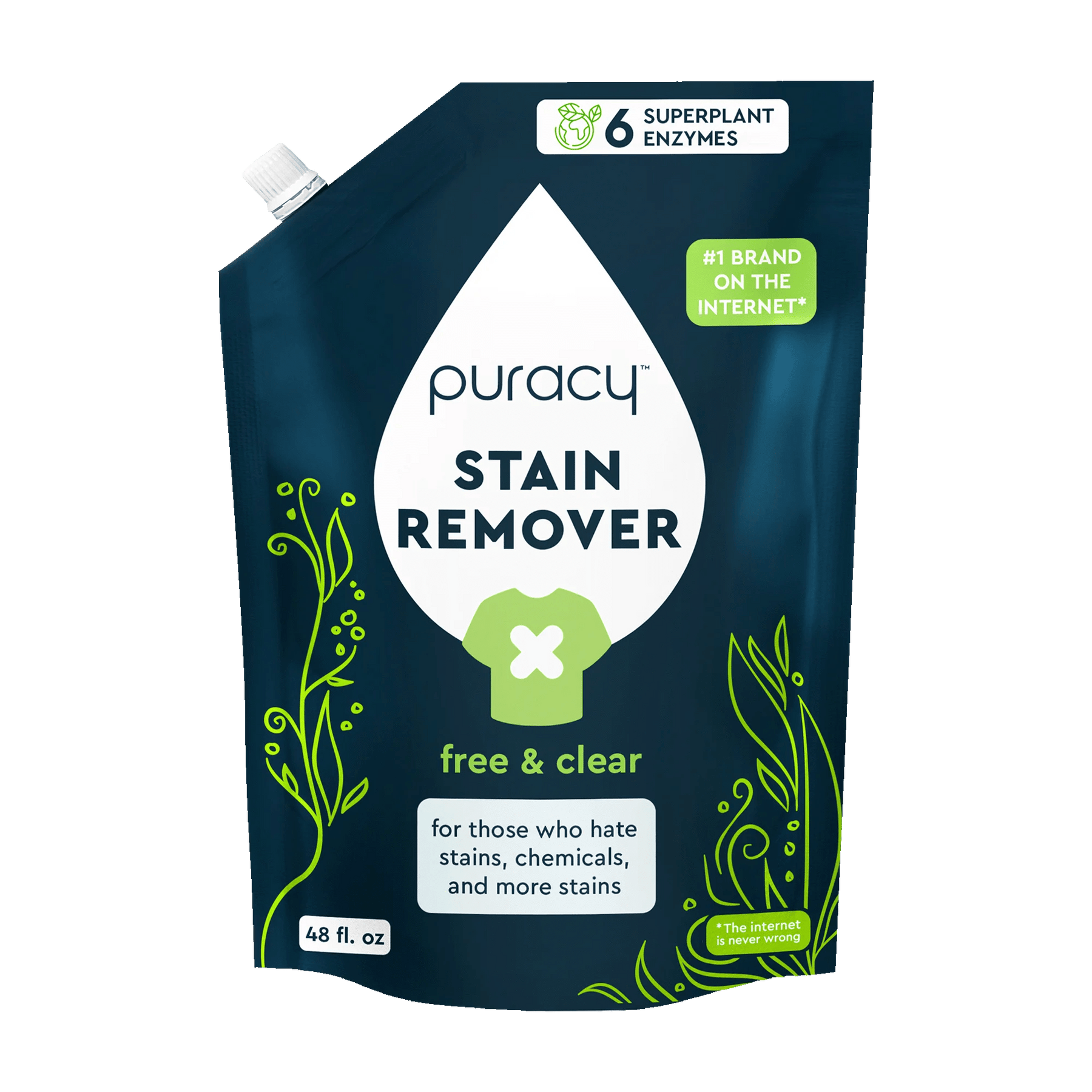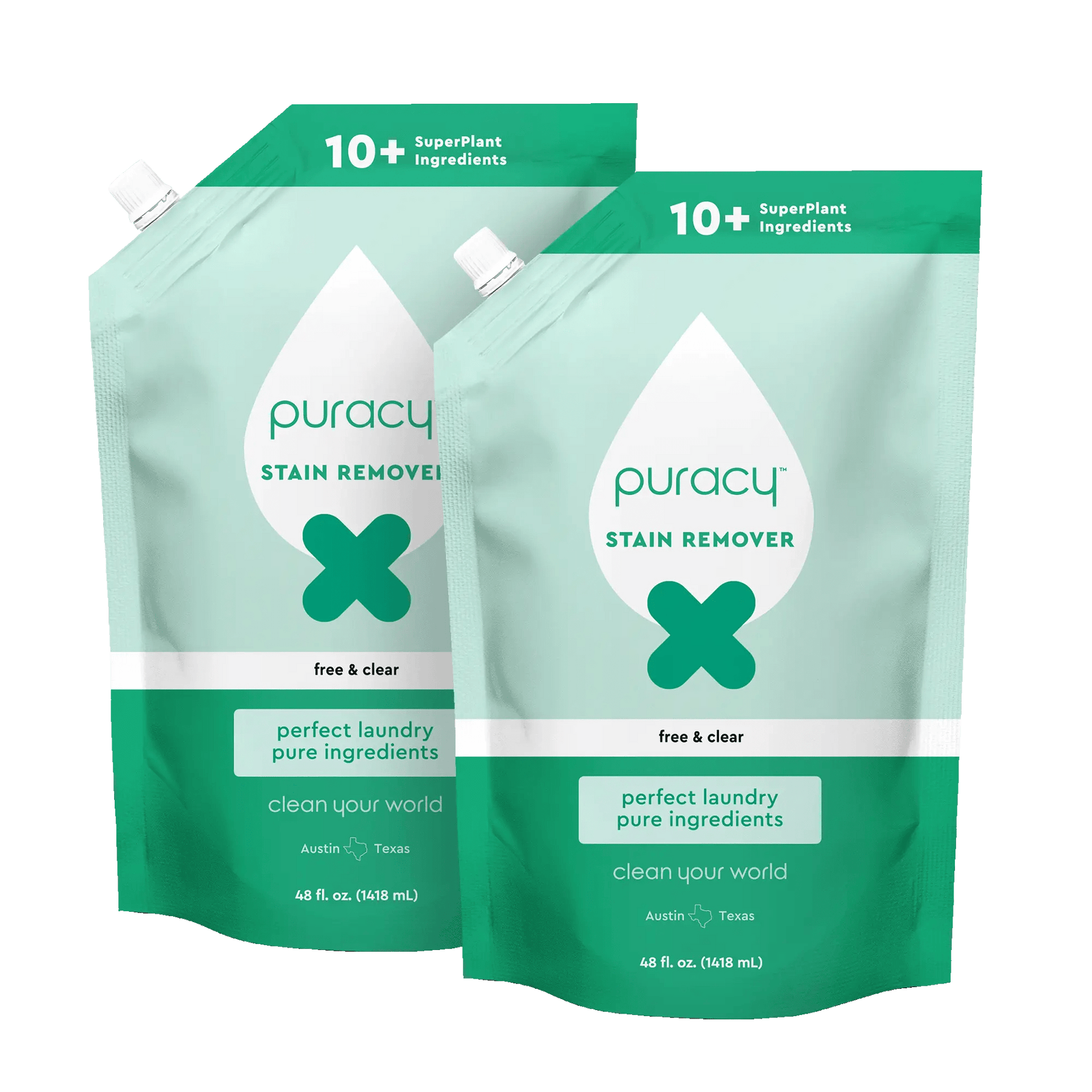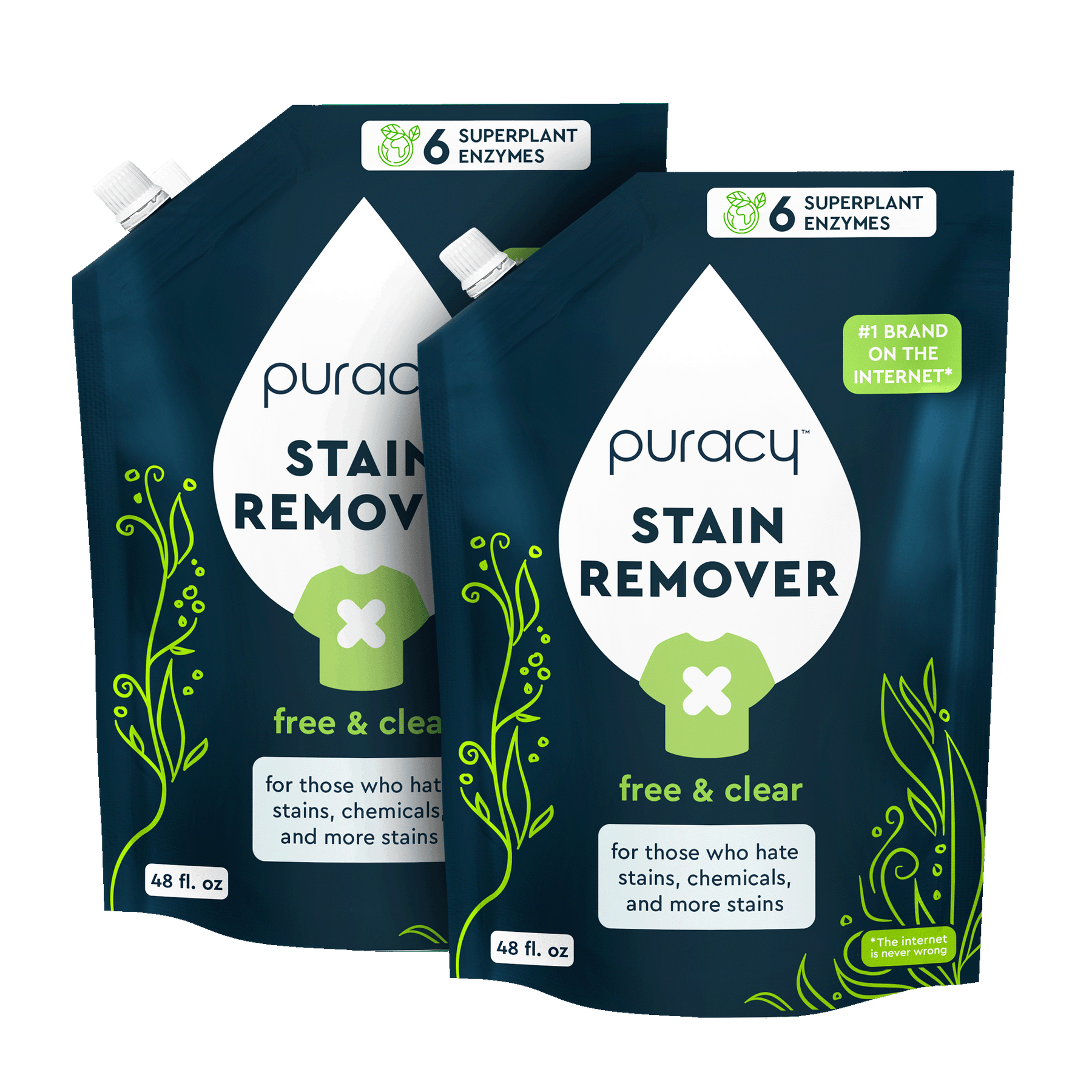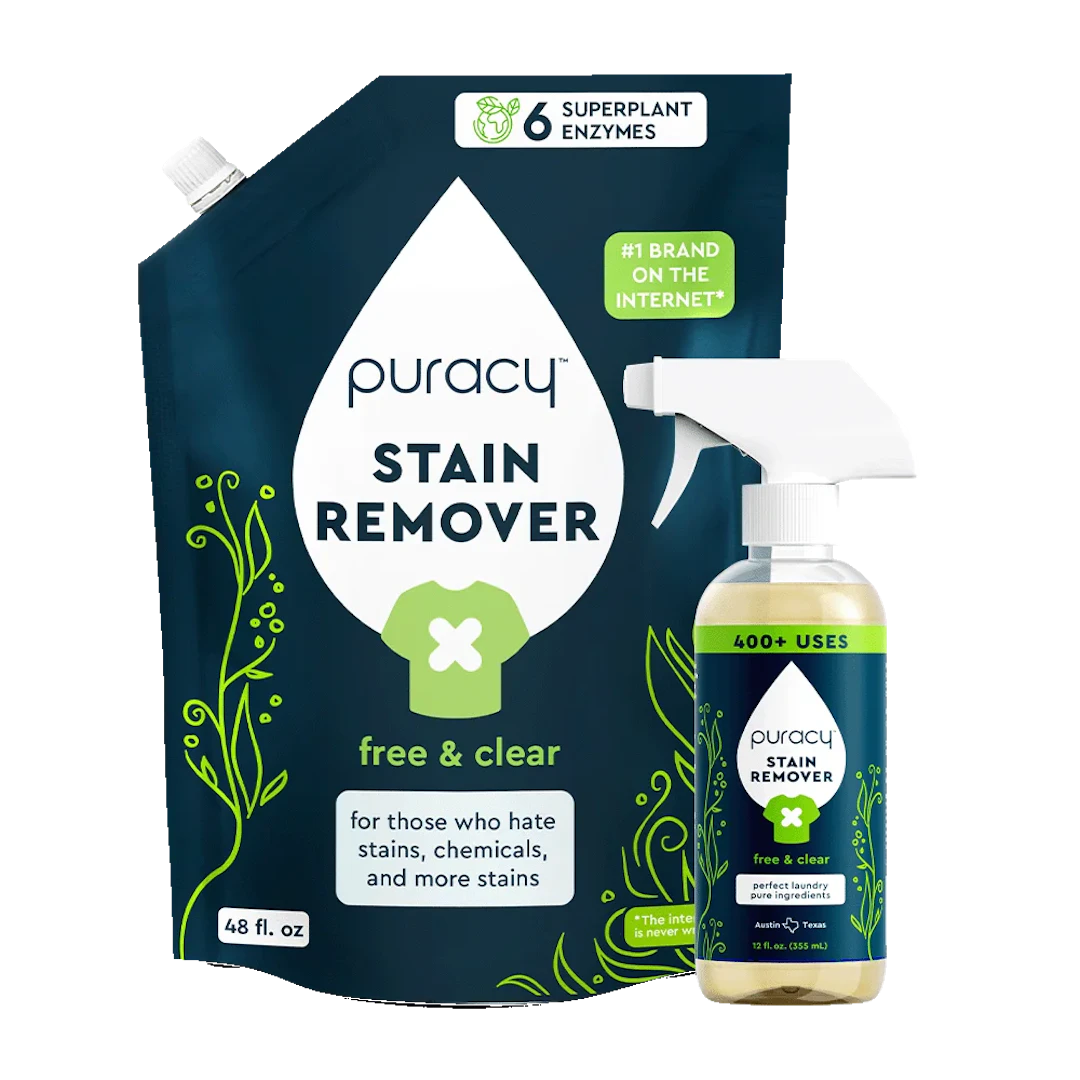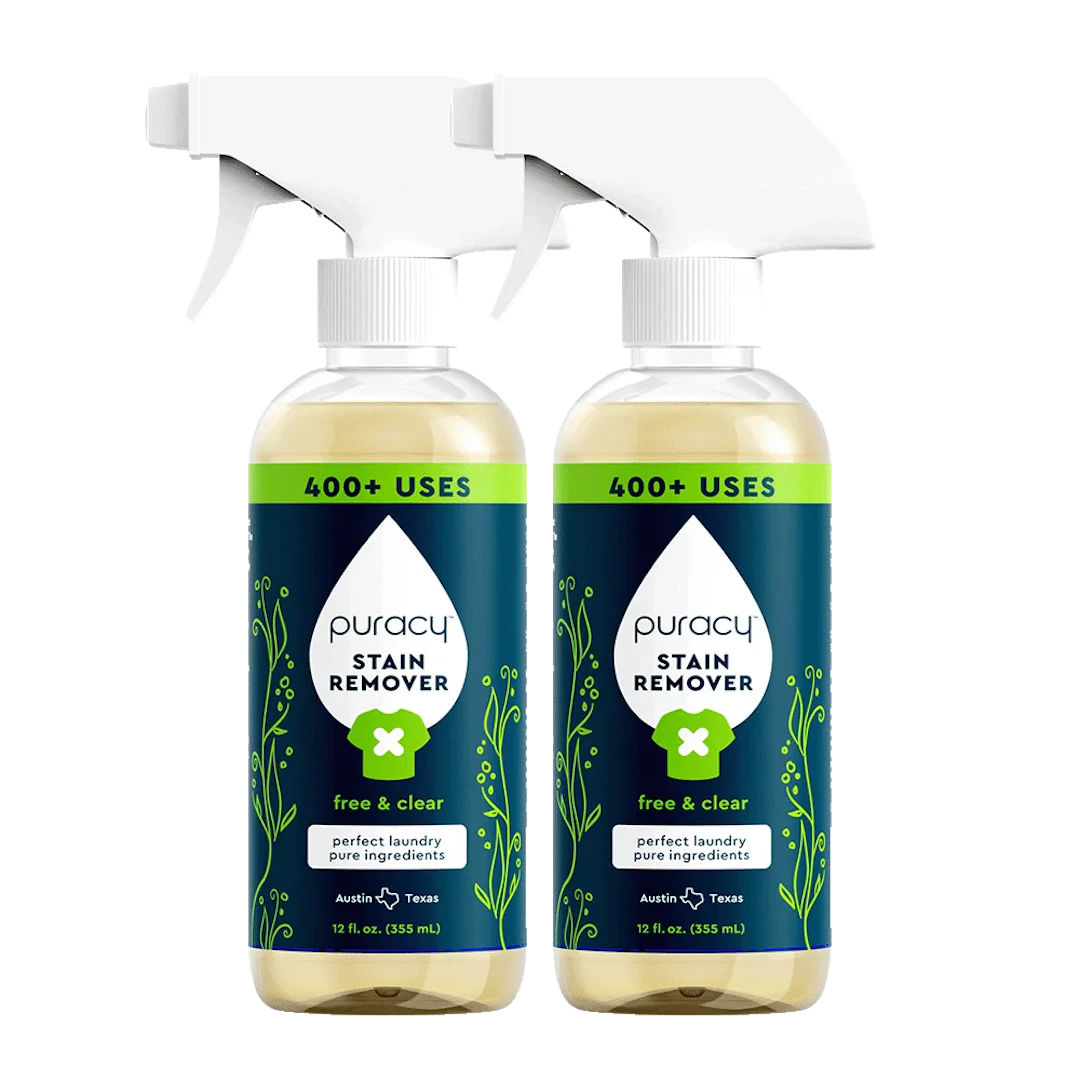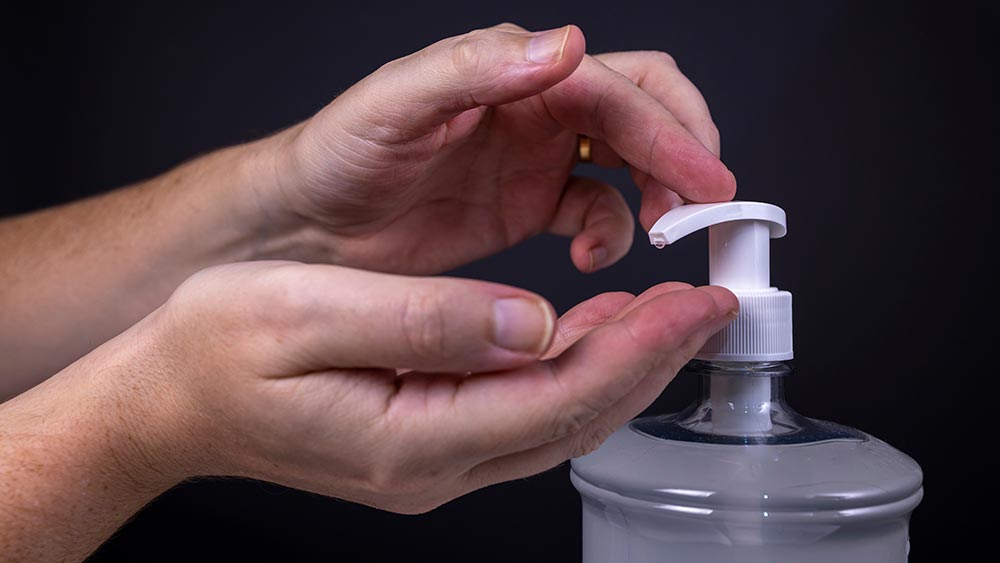- Derived from: rapeseed flower
- Pronunciation: (Be-HEN-trimoinum \ˈklȯr-ˌīd\)
- Type: Naturally-derived
What Is Behentrimonium chloride?

Behentrimonium chloride is a waxy solid derived from a natural source: the seeds of Brassica rapa olifera, also called canola or rapeseed, which is part of the mustard plant family.[1,2] The plant has signature yellow flowers.[3]
This organic compound is composed of quaternary ammonium salt and a straight chain alkyl trimonium.[4,5] As a preservative, it prevents the growth of bacteria and mold in personal care products and cosmetics. It’s also sometimes used as a disinfectant.
It is also known for its other name, Behenyl trimethyl ammonium chloride. It has a chemical formula of C25H54ClN.
What Does Behentrimonium Chloride Do in Our Products?

Behentrimonium chloride is present in hundreds of personal care products, including conditioner, hair coloring, moisturizers, bath soaps, mousse and other items.[9]
A good shampoo uses behentrimonium chloride as a hair detangler, and it is a much more natural alternative to harsh silicones.
The Cosmetics Ingredient Review (CIR) has deemed the ingredient safe for use in cosmetics.[12] Whole Foods has deemed the ingredient acceptable in its body care quality standards.[13,14]
In addition, it (25% in cetearyl alcohol) was reported to be an ocular irritant, though several studies show the ingredient is not a strong skin irritant.[15,16,17,18,19,20,21]
Why Puracy Uses Behentrimonium Chloride
Puracy uses behentrimonium chloride for its many functions:
Hair Shampooing and Conditioning
Behentrimonium chloride is an antistatic and it removes frizz from hair through shampoos and hair conditioning agents.
It is also an emulsifying agent.[6] It is a type of trimonium that makes cationic chains attract to anionic charges in the protein structure of skin and hair, which creates a conditioning effect.[7]
It tends not to dissolve in water, which means it remains on the hair, making it popular in rinse-off hair conditioners.[8]
Emulsifier
It can help to combine oil-based and water-based ingredients in a product, creating a stable emulsion. This is useful in hair care products, as it helps to prevent the oil and water from separating.
Preservative
It can help to prevent the growth of bacteria and mold in cosmetics and personal care products.
Skin Conditioning Agent
It can help to soften and moisturize the skin. It can also be used to help protect the skin from environmental damage.
How Behentrimonium Chloride Is Made

Making behentrimonium chloride begins by making canola oil. Canola seeds are heated then pressed via screw presses or expellers. Solvents are usually added to the remaining “presscake” to extract the remaining oil.
The solvent is later removed from the oil via a steam and heat process.[10] Behentrimonium chloride is then made by quaternizing behenyl dimethylamine with methyl chloride in 30% dipropylene glycol.[11]
Is Behentrimonium Chloride Safe?

The Environmental Working Group (EWG) scores this compound with a rating of 7.
It scores low on common concerns such as cancer, and developmental and reproductive toxicity. Meanwhile, it scores high on concerns like allergies, immunotoxicity, and use restrictions.
Studies have shown that it is also not genotoxic, which means it does not cause mutations that may lead to cancer.
General Health
While it is generally considered to be safe for use in cosmetics and personal care products, some people may be allergic to it and it can cause other side effects. Here are some things to consider:
Eye irritation
The CIR found behentrinomium chloride as a mild to severe eye irritant. Symptoms of eye irritation can include redness, swelling, and pain.
Allergic reactions
Symptoms of allergic reaction includes itching, redness, swelling, and hives.
Respiratory problems
It can irritate the respiratory tract in some people. Symptoms include coughing, wheezing, and shortness of breath.
Haircare
Behentrimonium chloride is generally considered safe for use in hair care products when used as directed and within the recommended concentrations.
It is considered to have low potential for skin irritation when used in hair care products. However, it’s best to rinse properly to prevent product build up and extended contact on skin. Individual sensitivities can vary, and some people might experience mild irritation if the product comes into prolonged contact with their skin or scalp.
Skincare
The CIR found that behentrimonium chloride was not sensitizing to humans at a 2.4% concentration and it was not skin irritating at 5.0%.
Allergic reactions to behentrimonium chloride are relatively rare but can occur, especially in individuals with sensitive skin or a history of allergies. It's always a good idea to perform a patch test before using a new product to check for any adverse reactions.
Environment
Behentrimonium chloride is known to be biodegradable and does not accumulate in the environment to a significant extent.
Sources
[1] Cosmetics Ingredient Review
[2] SpecialChem
[5] Environmental Working Group
[9]Environmental Working Group
[11] Cosmetics Ingredient Review
[13] Whole Foods Market
[14] Whole Foods Market
[18] Croda Inc. “Material safety data sheet; Behentrimonium chloride (in isopropanol). 2004:1-4.

